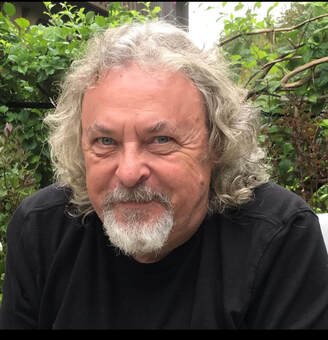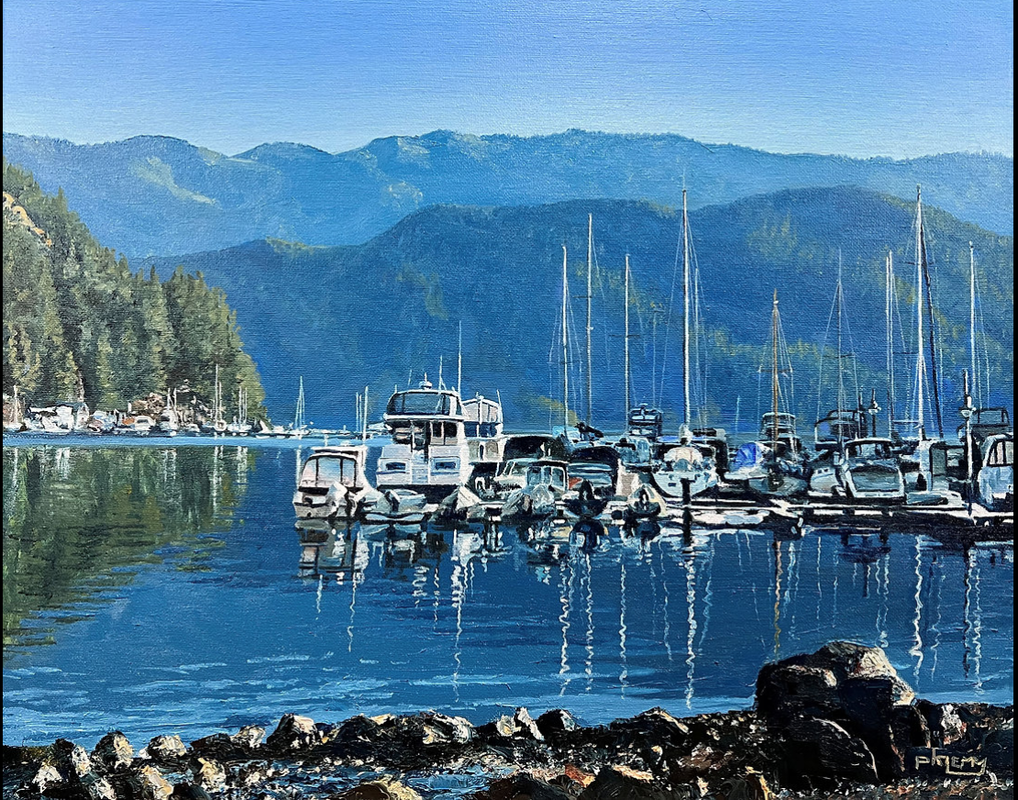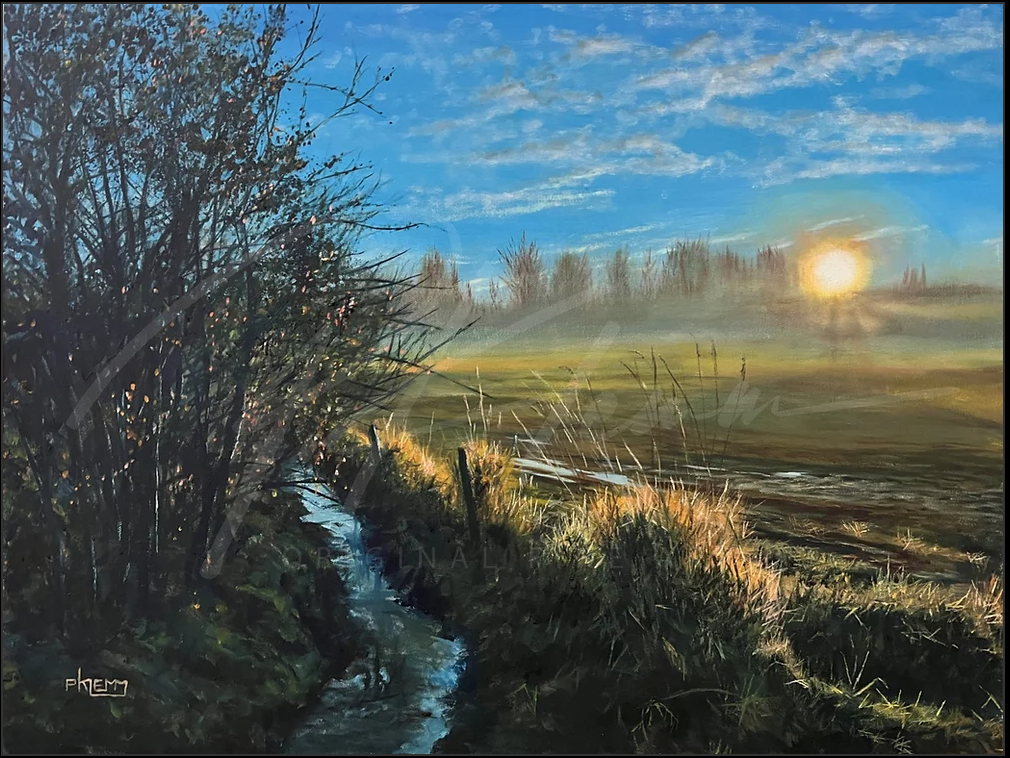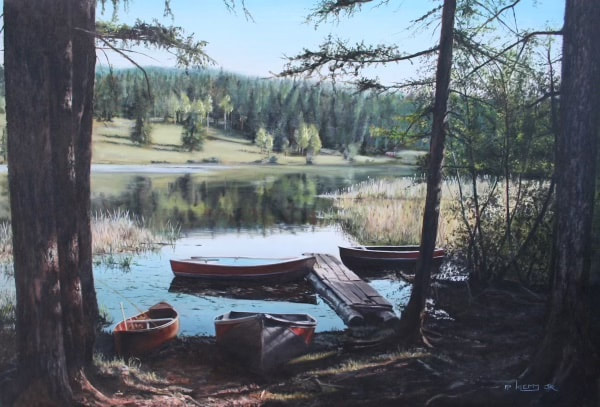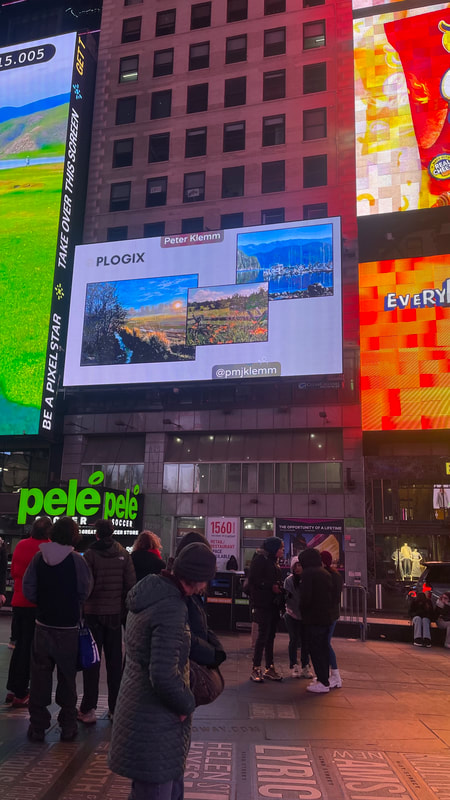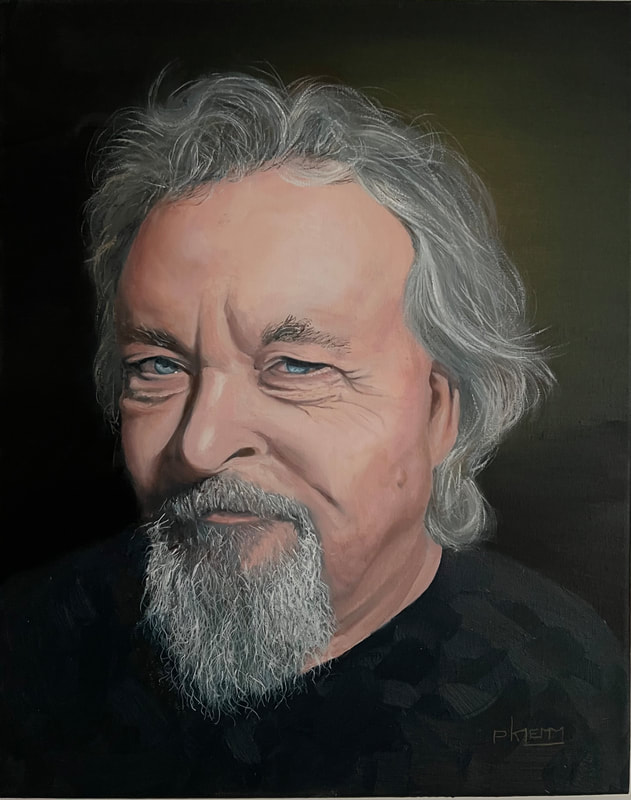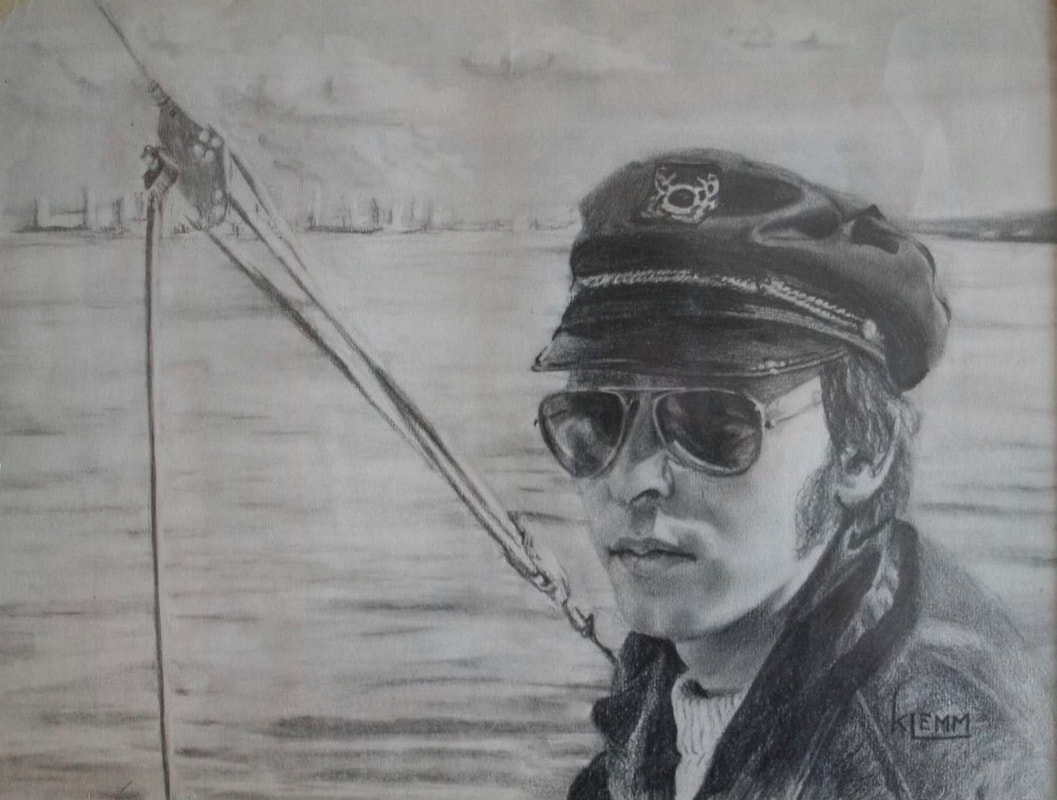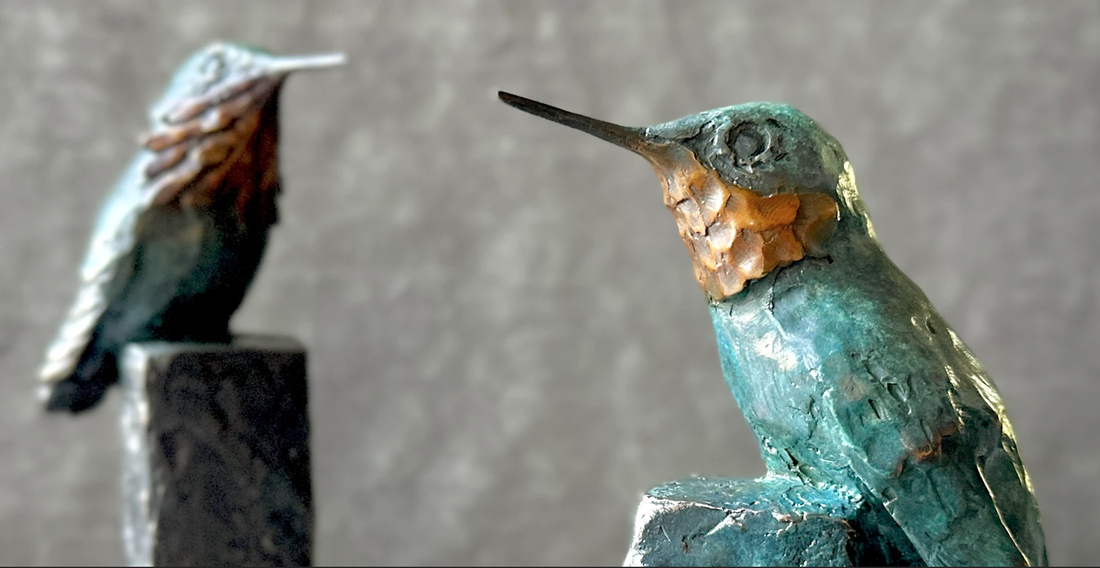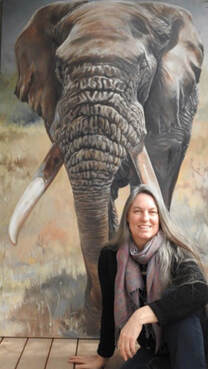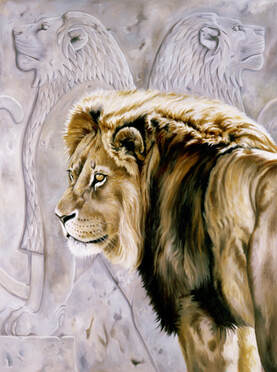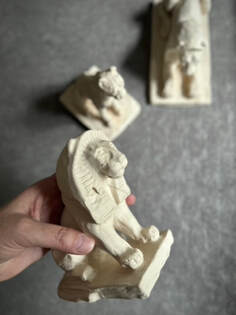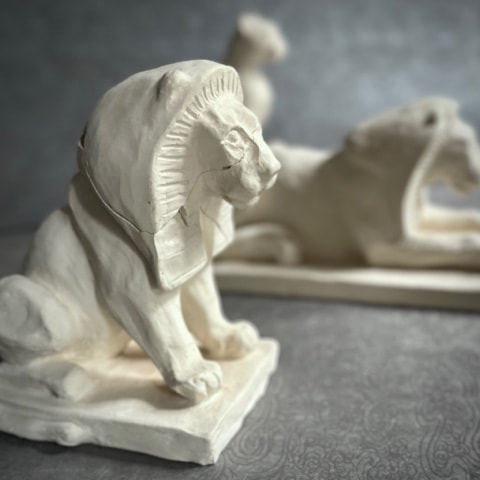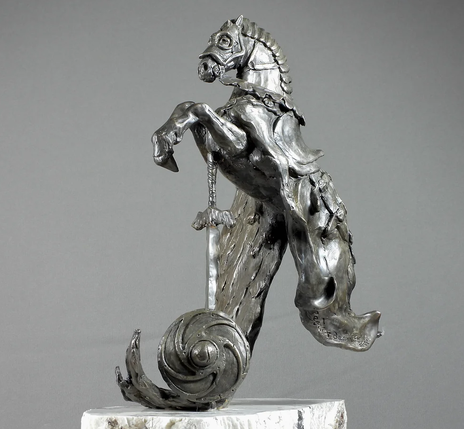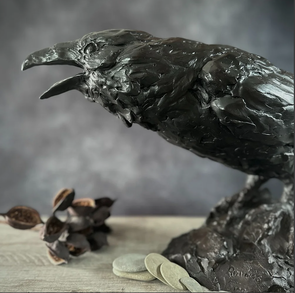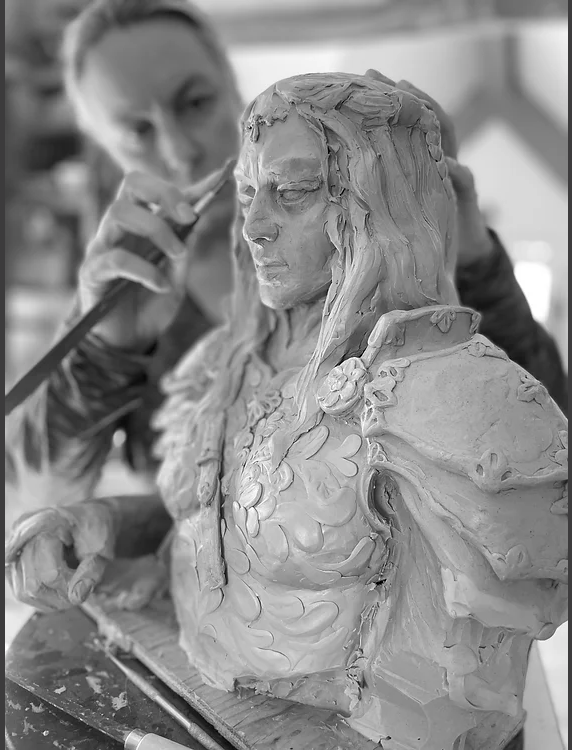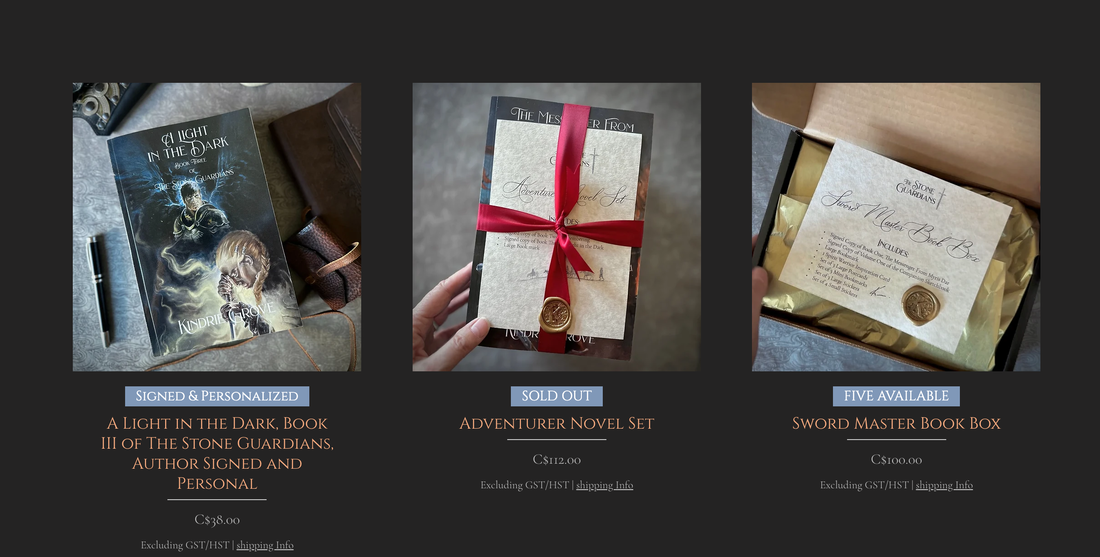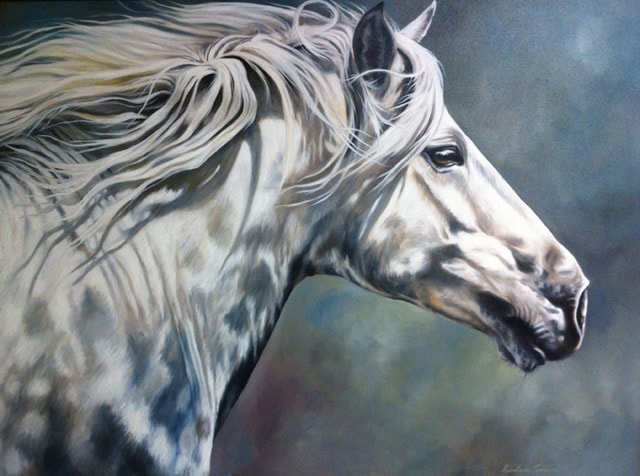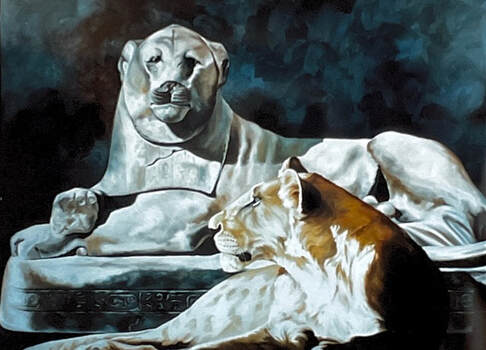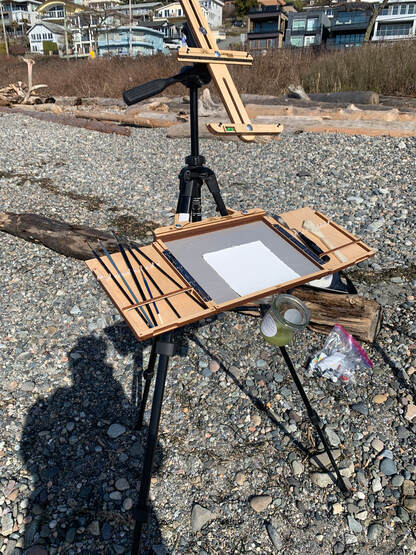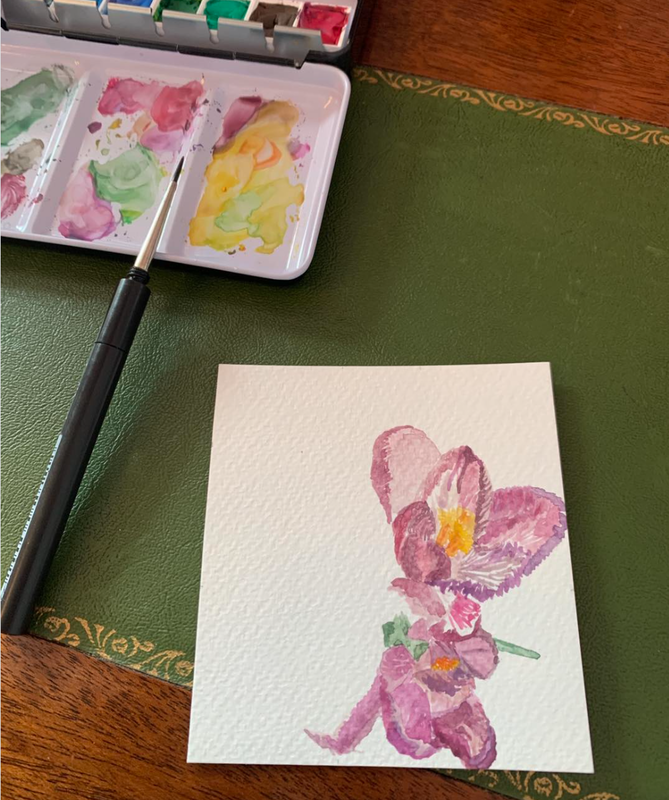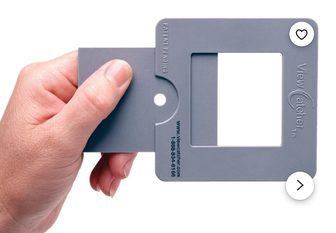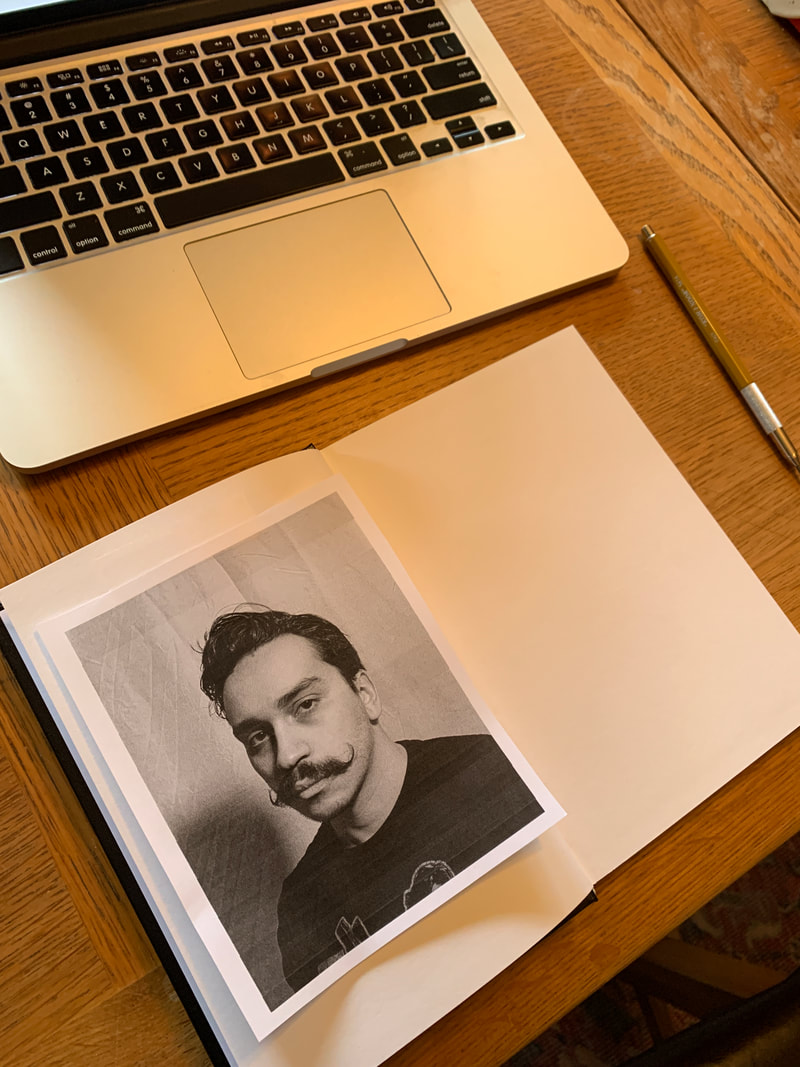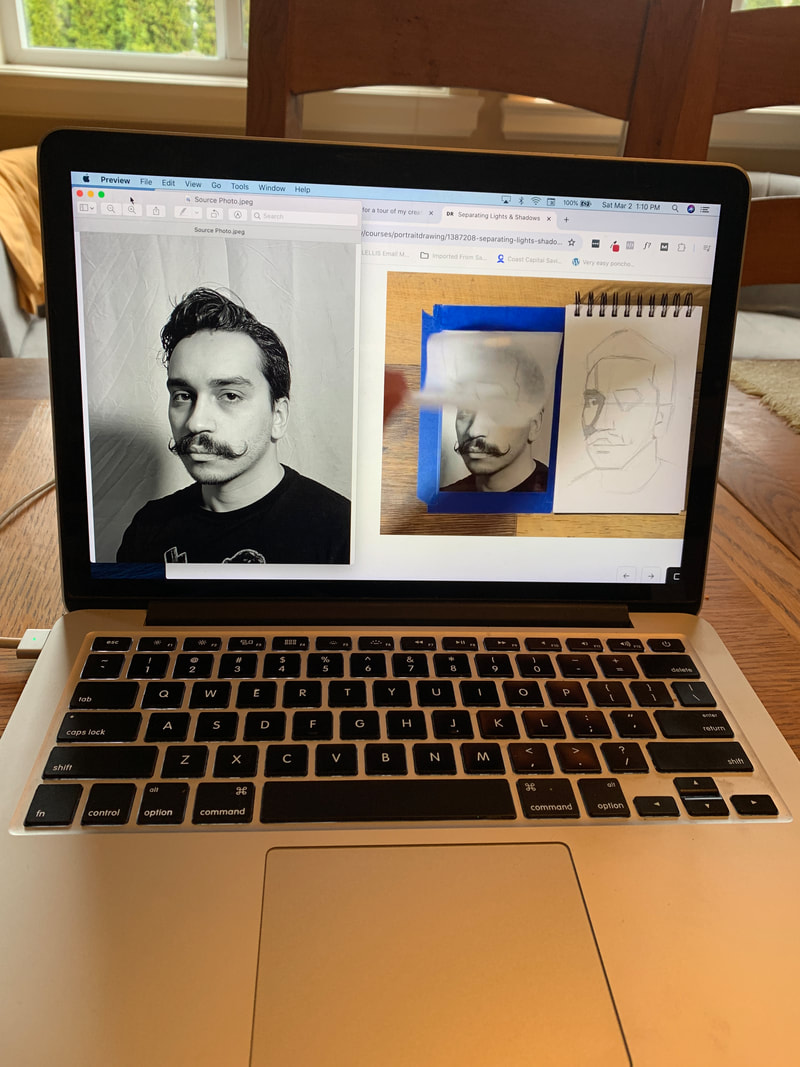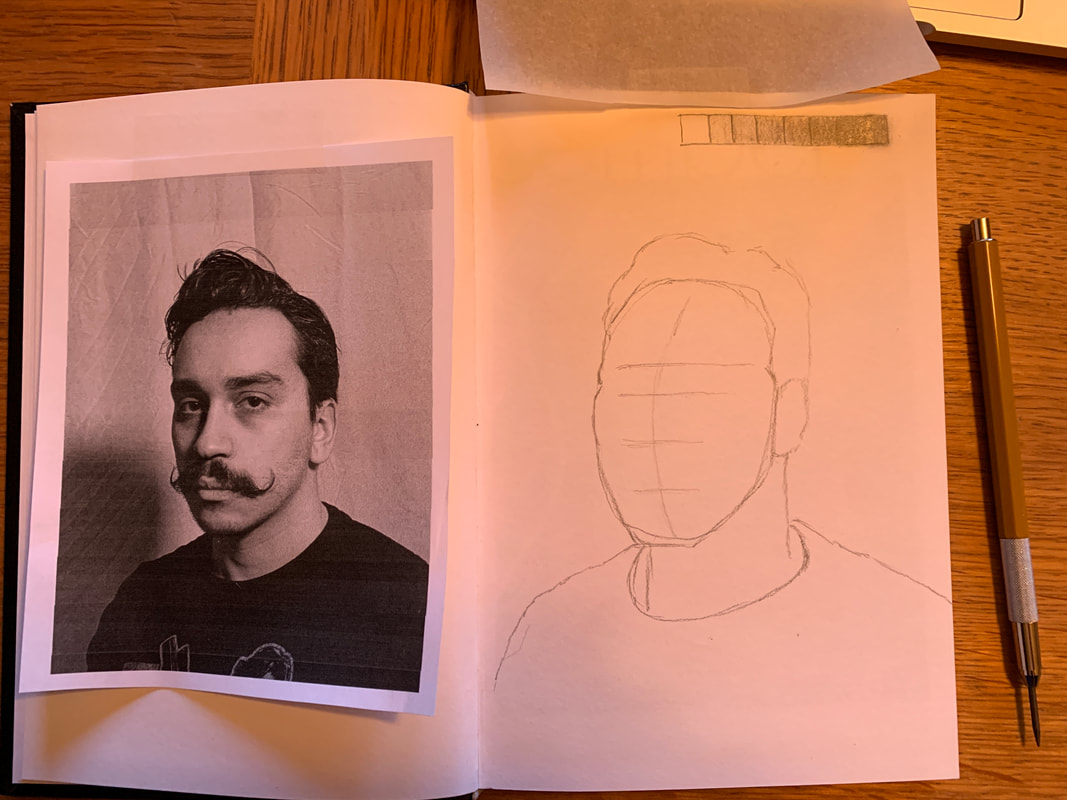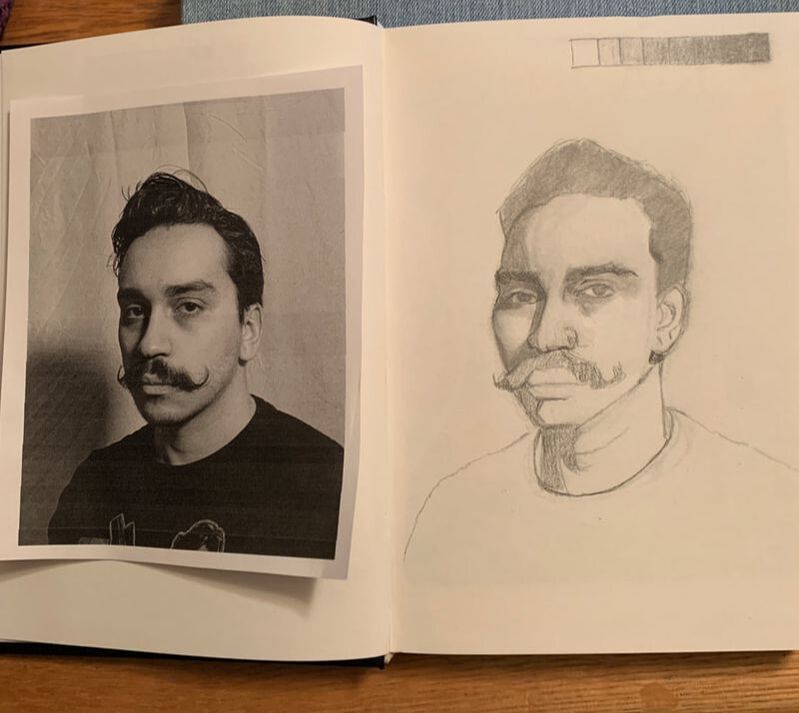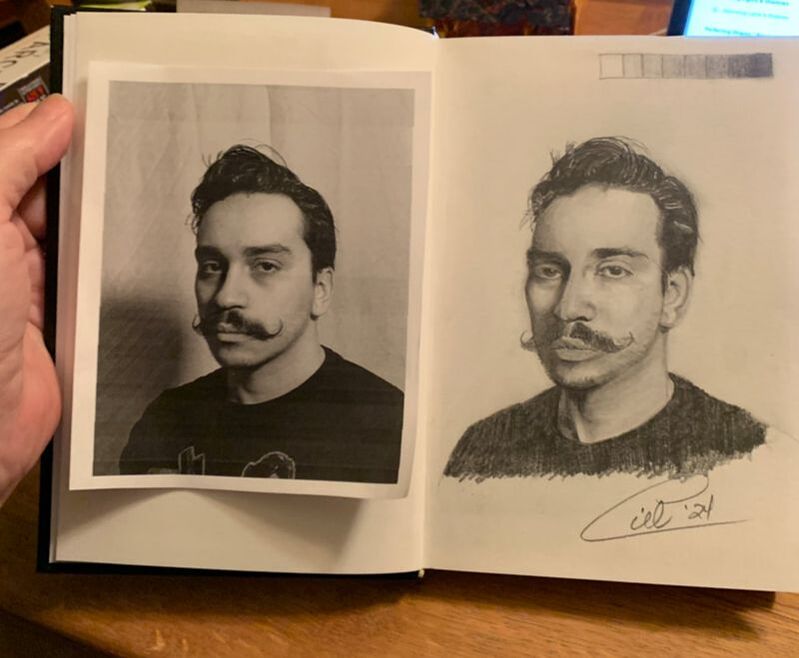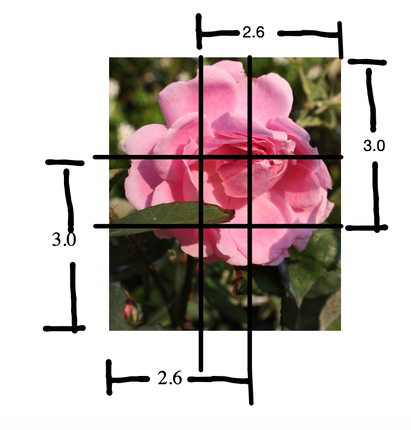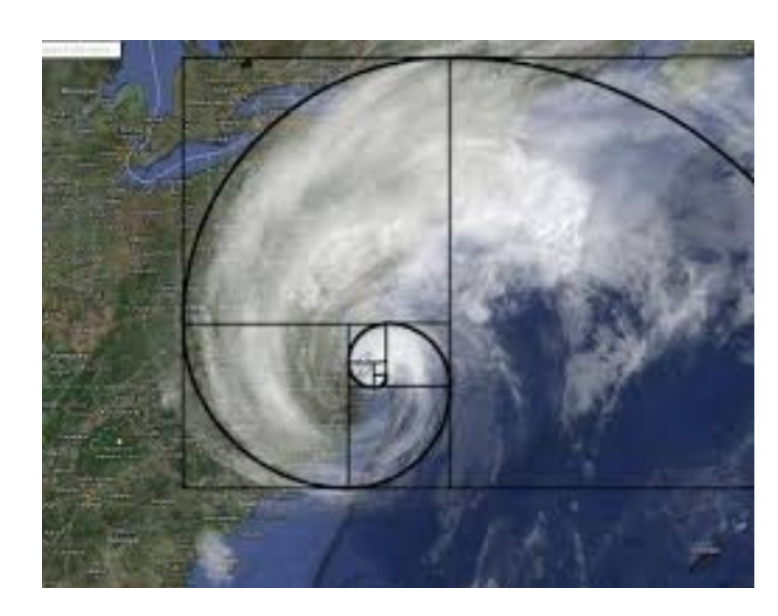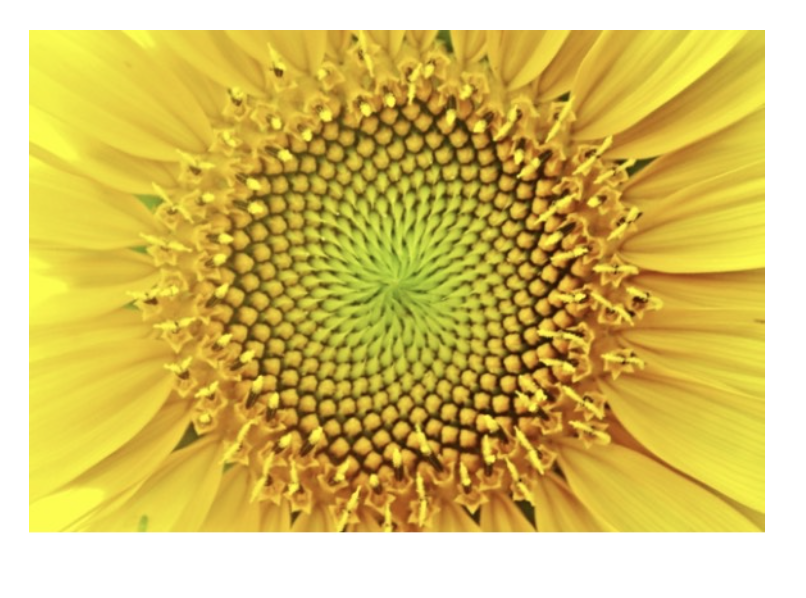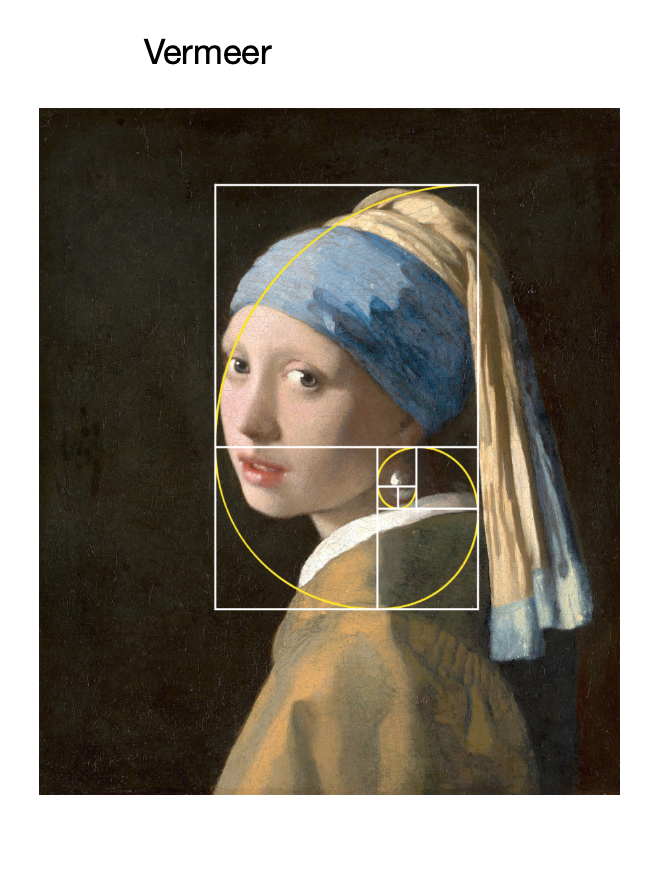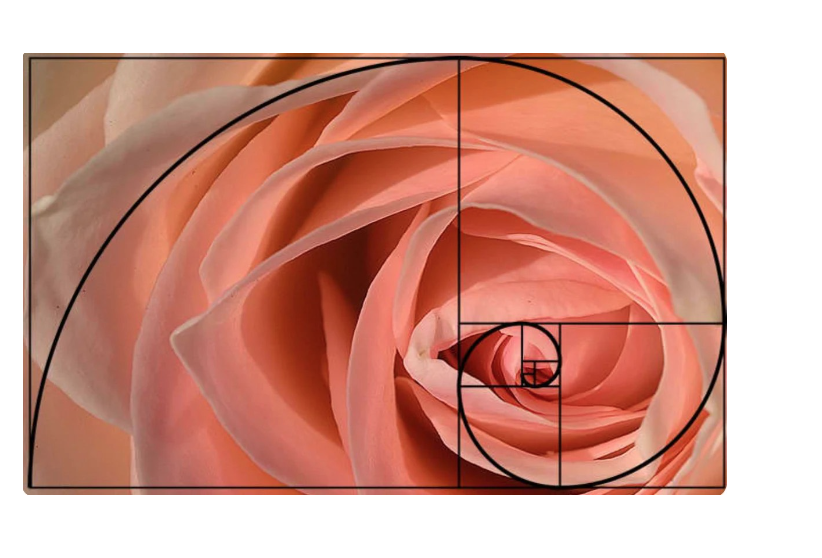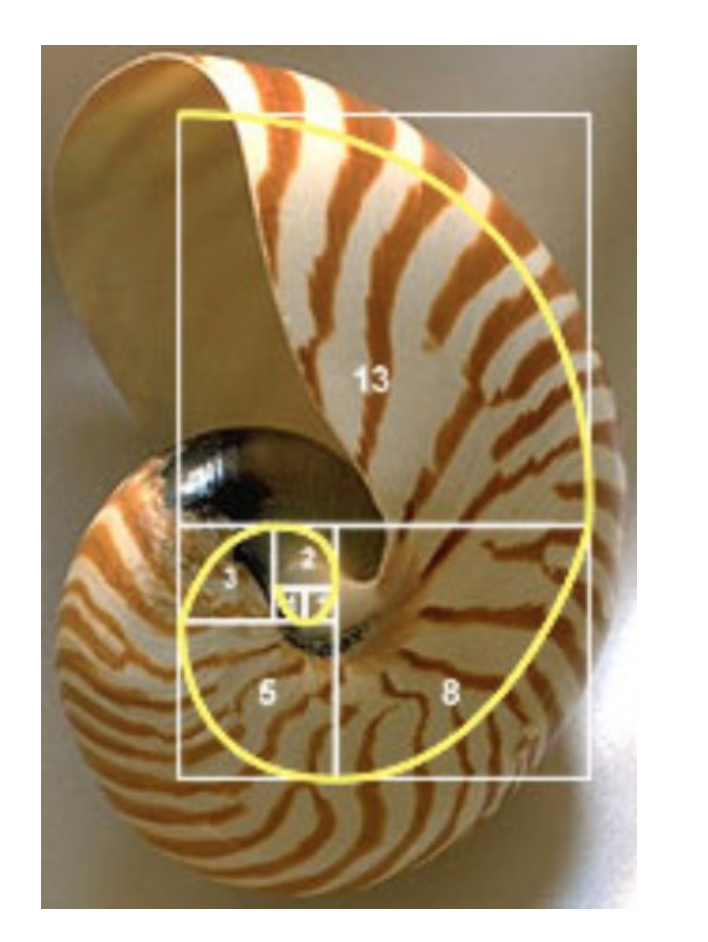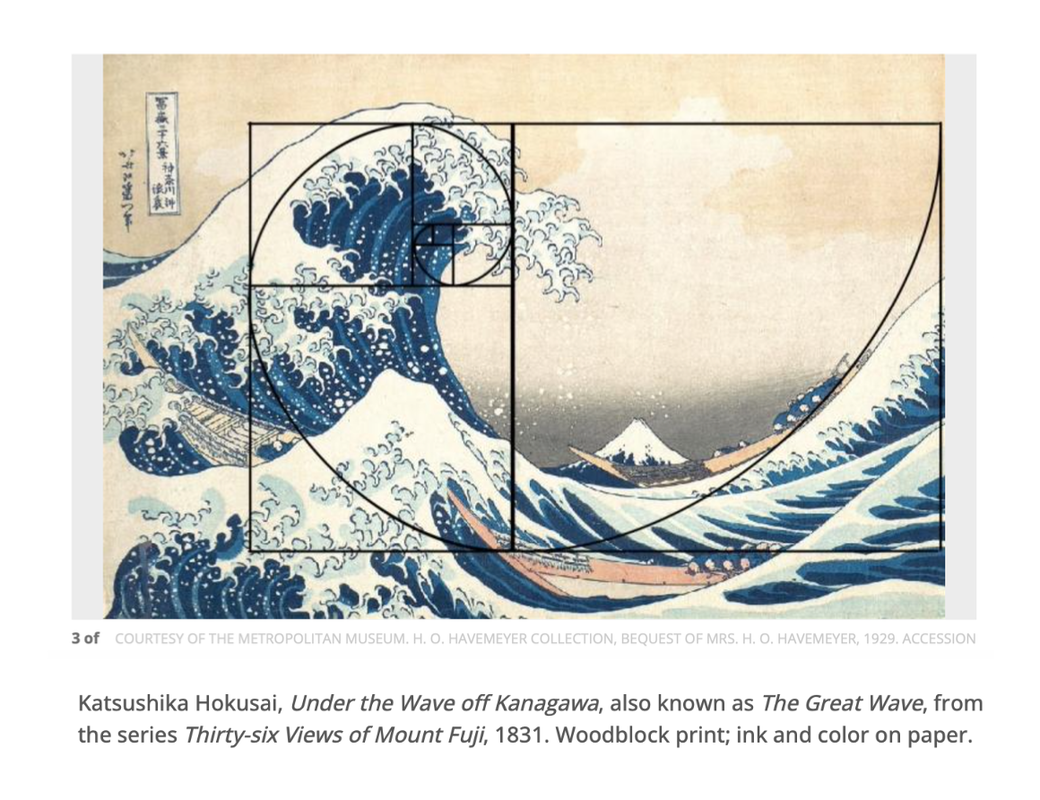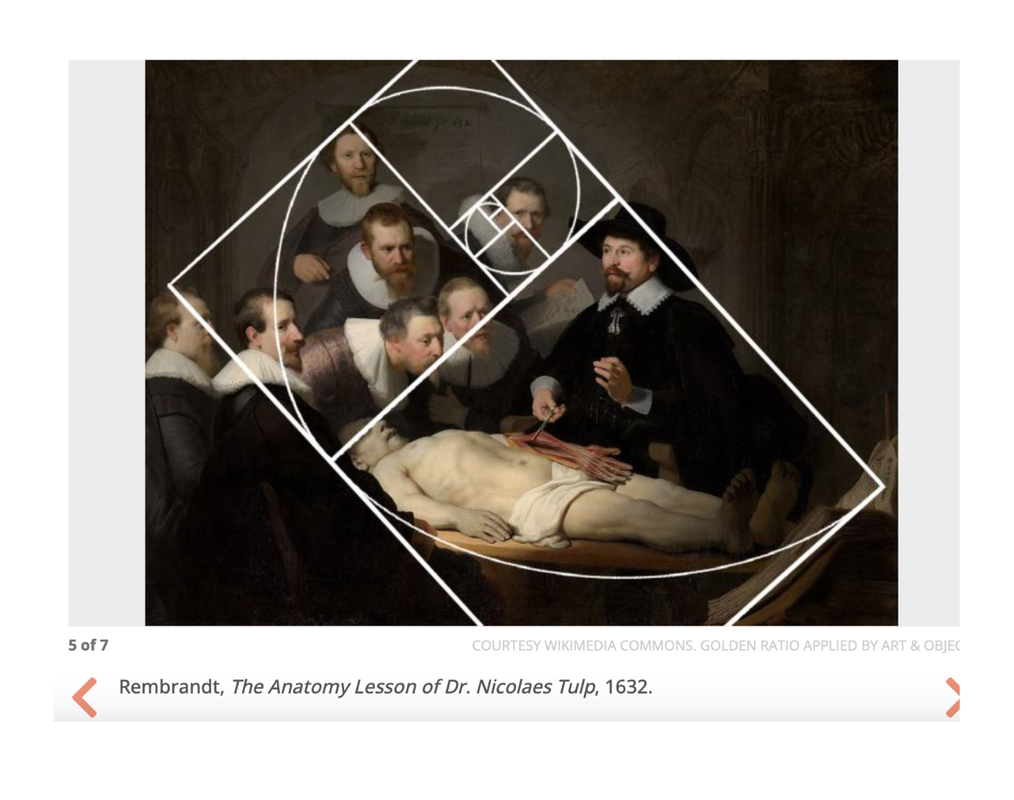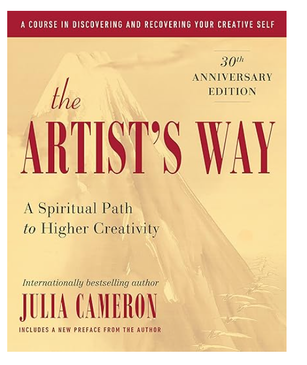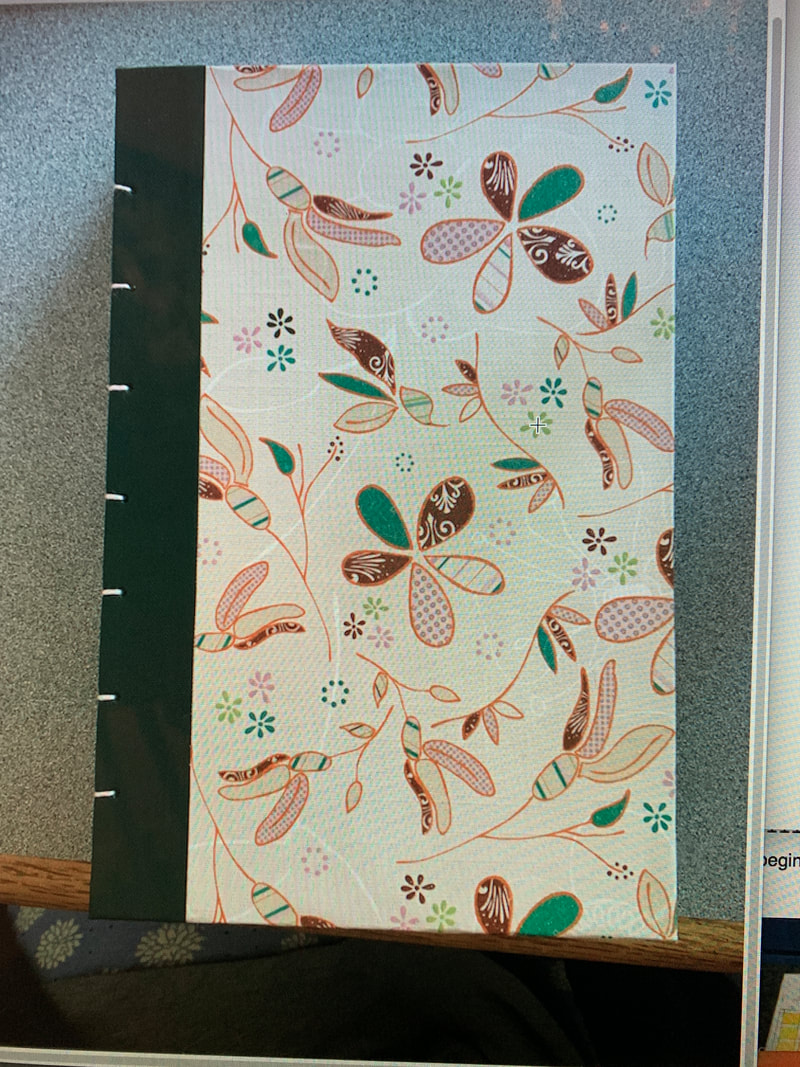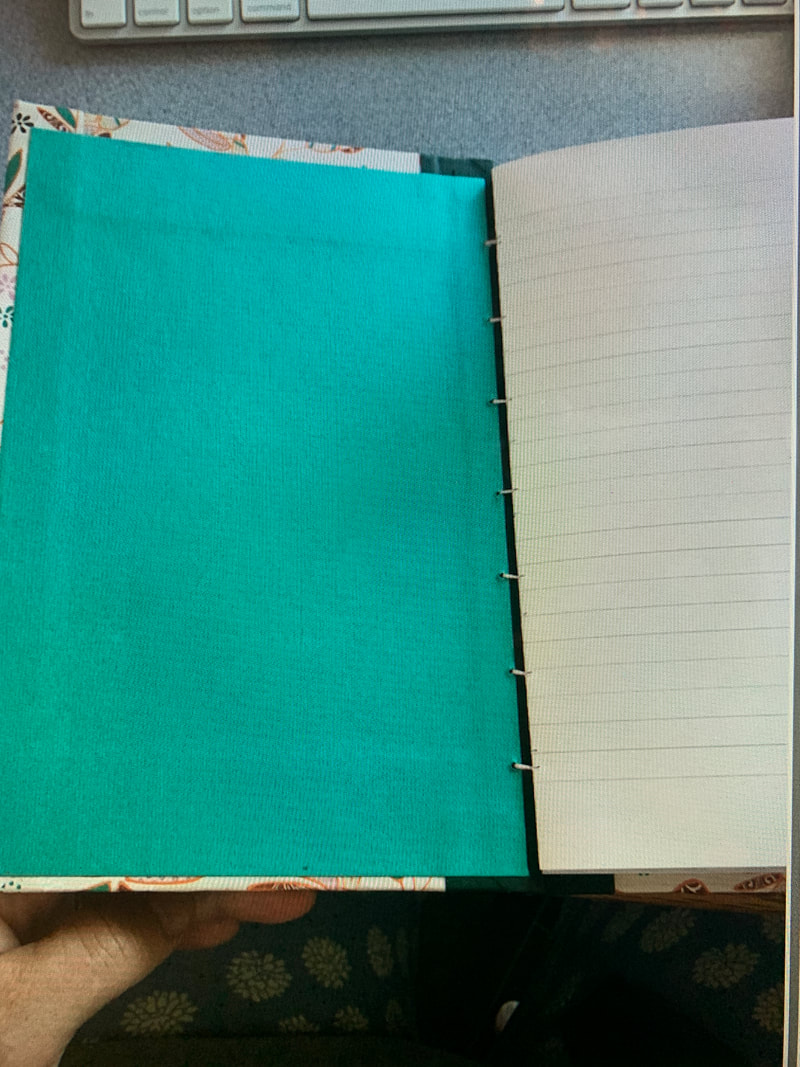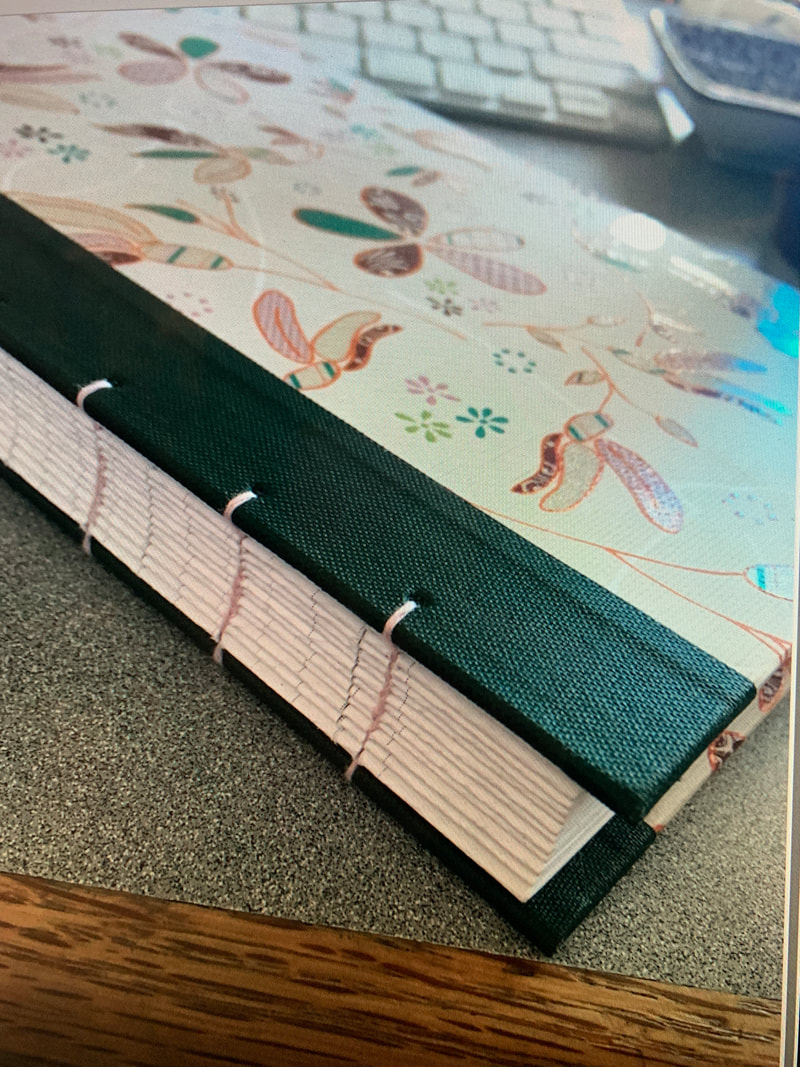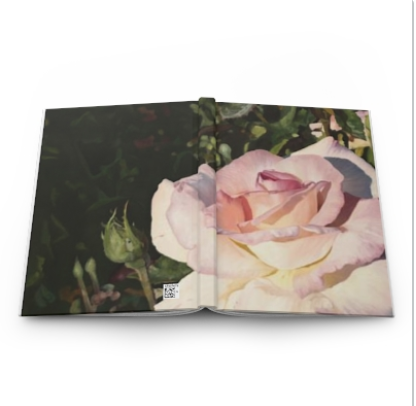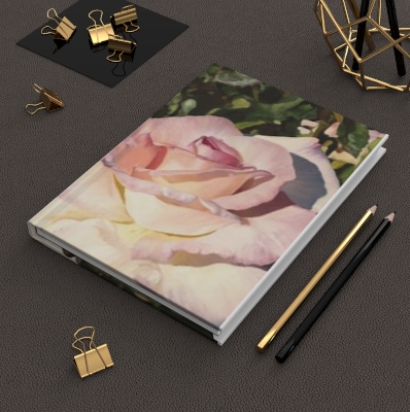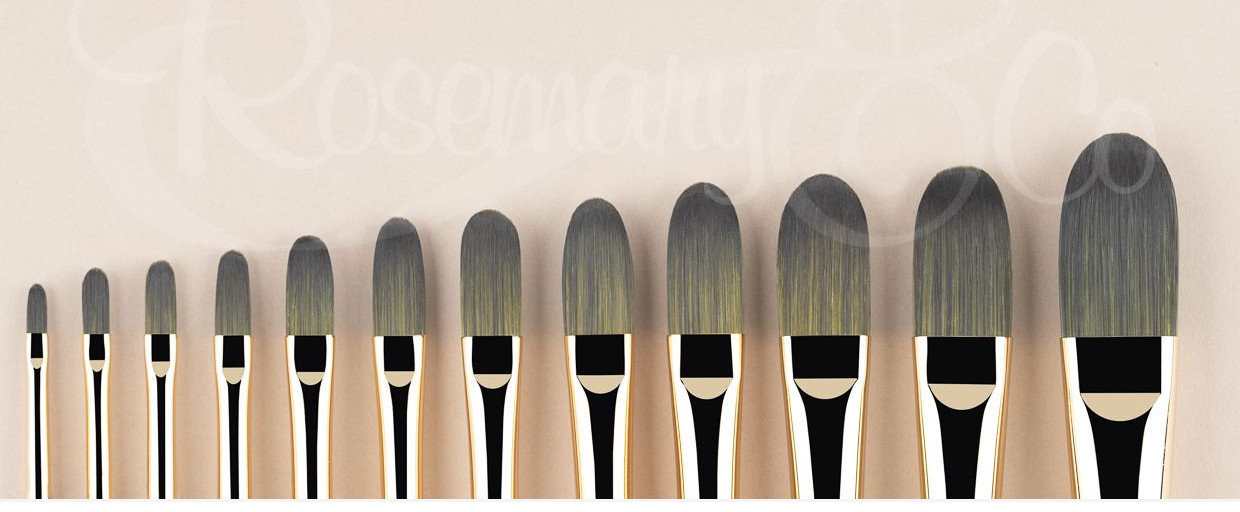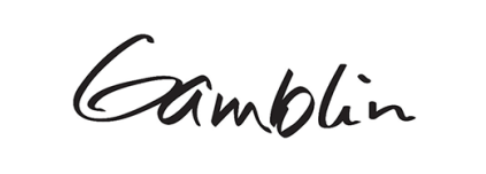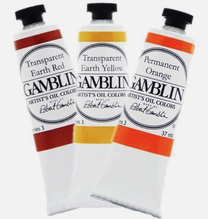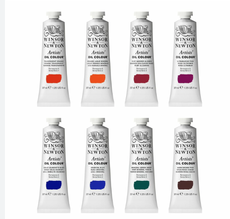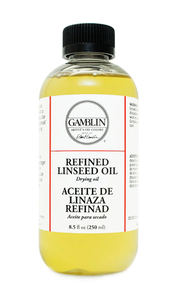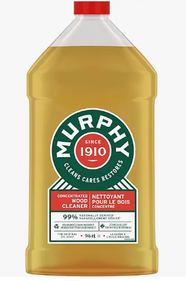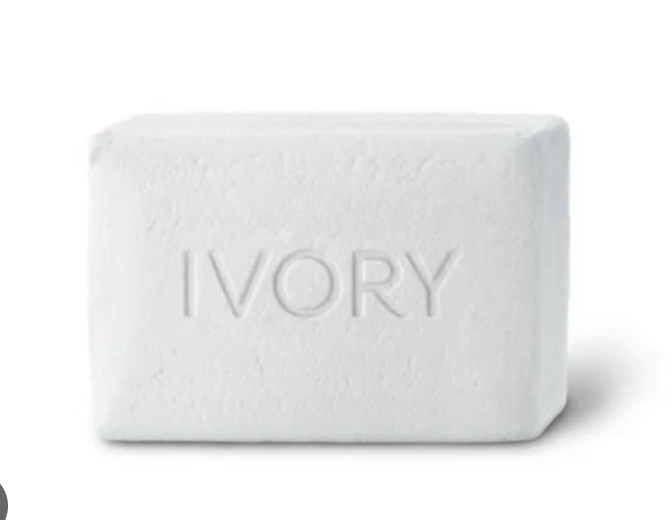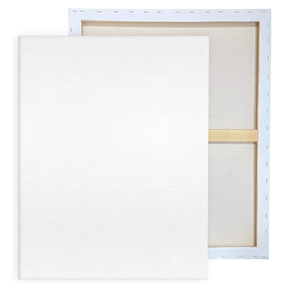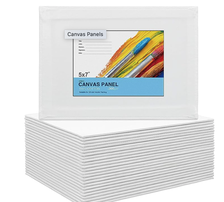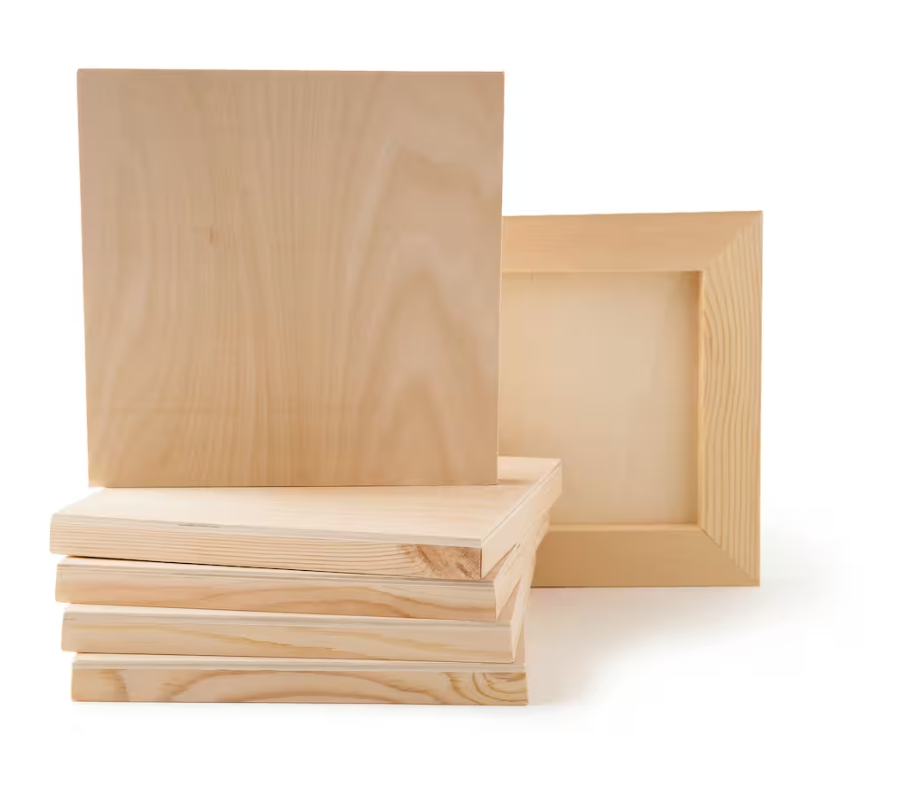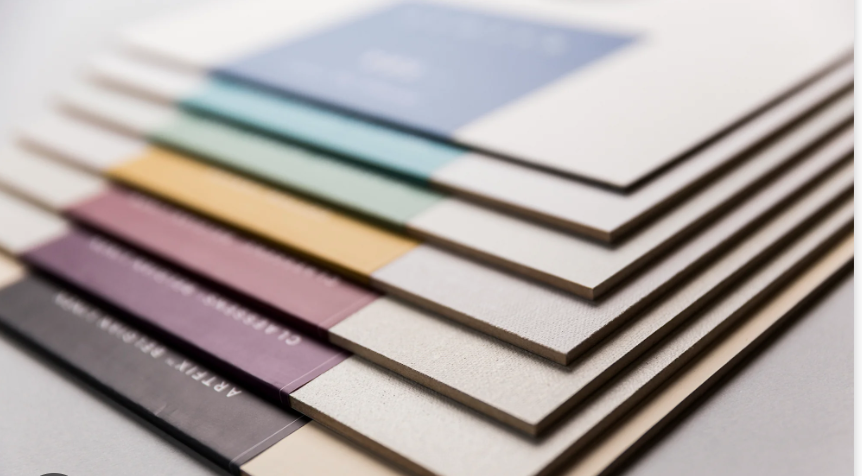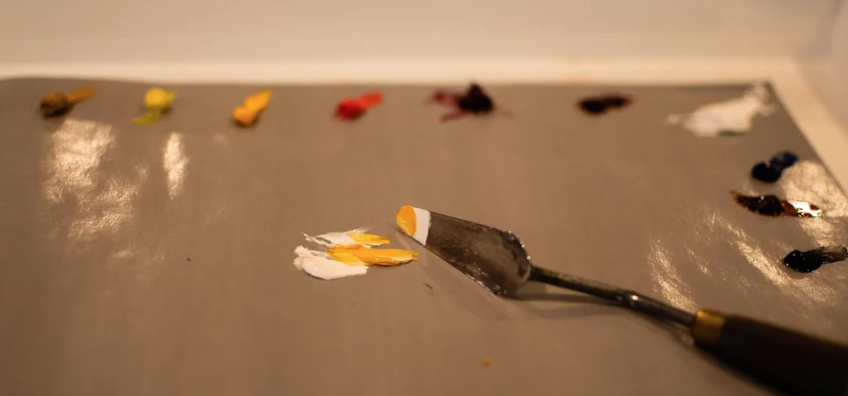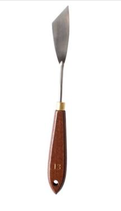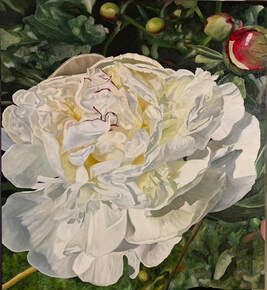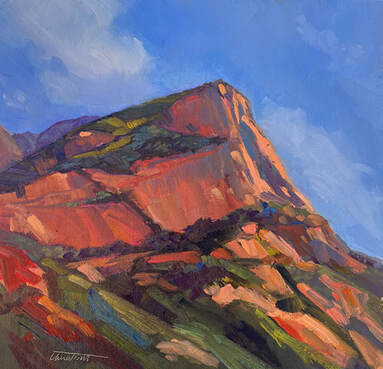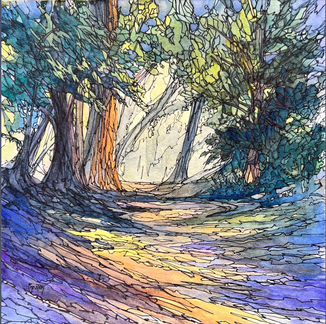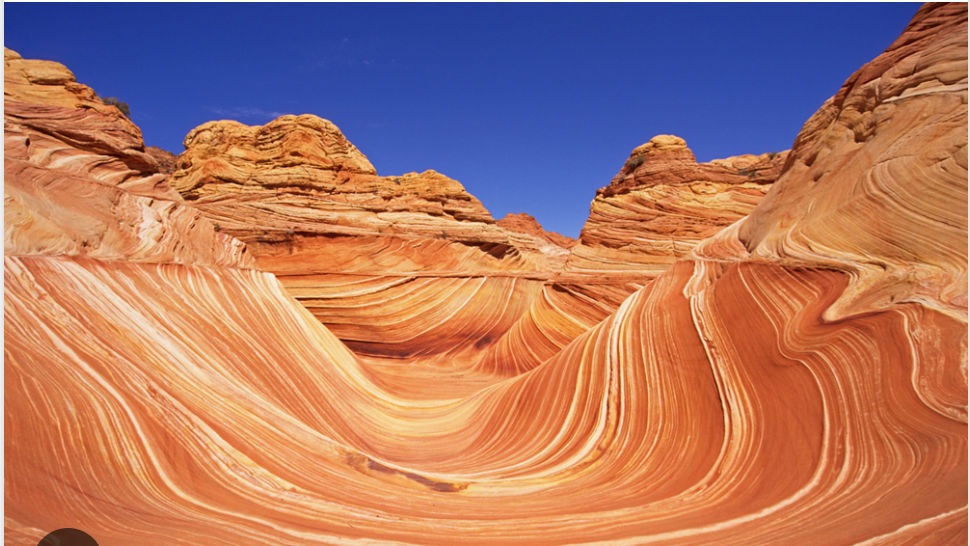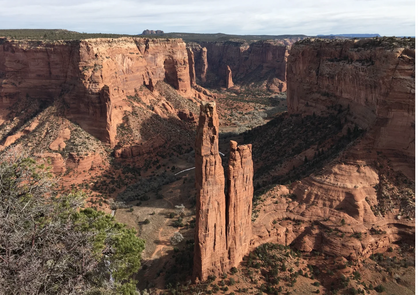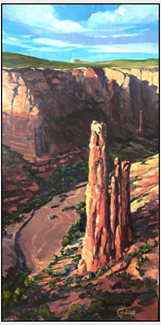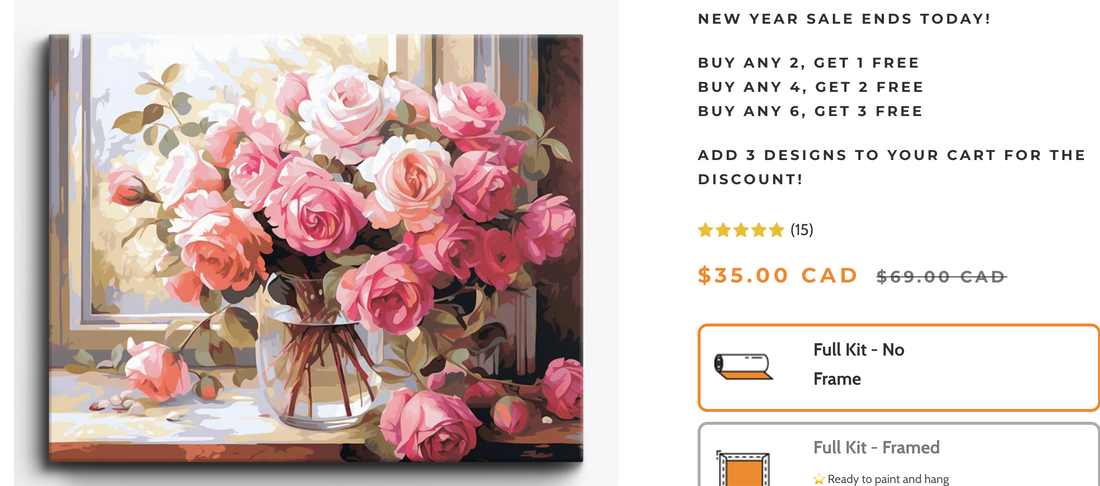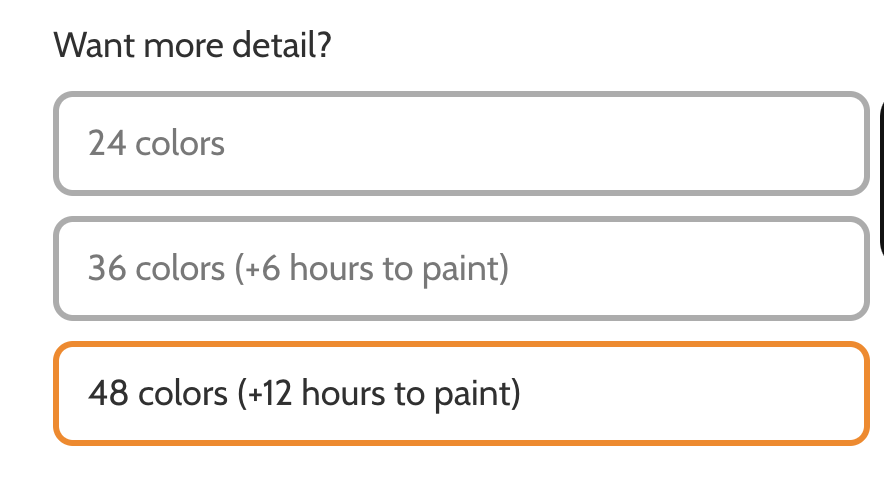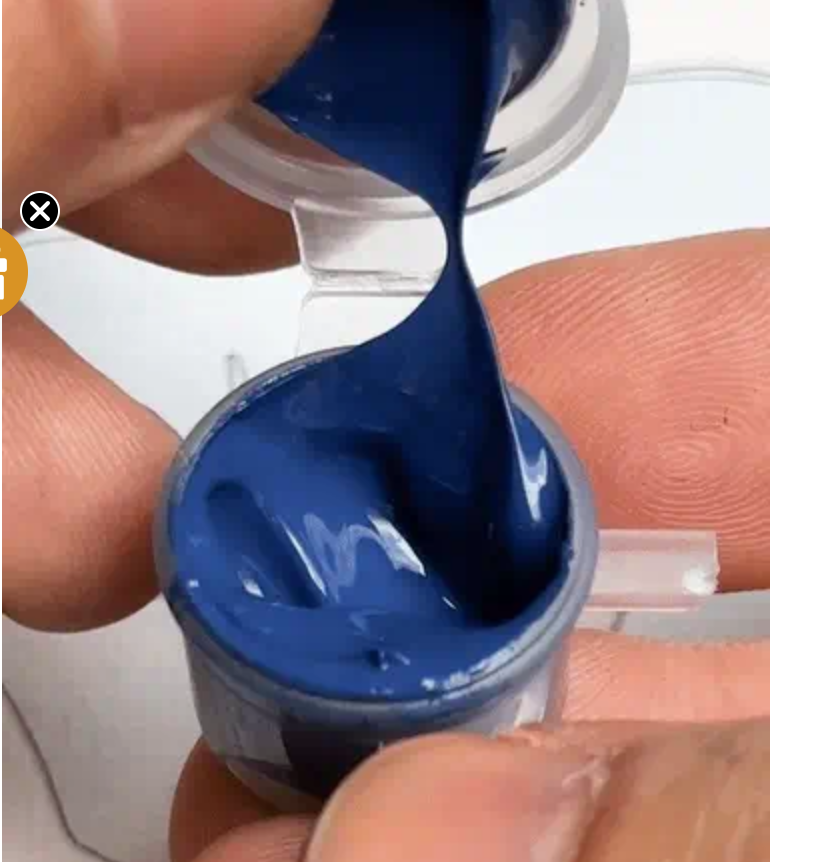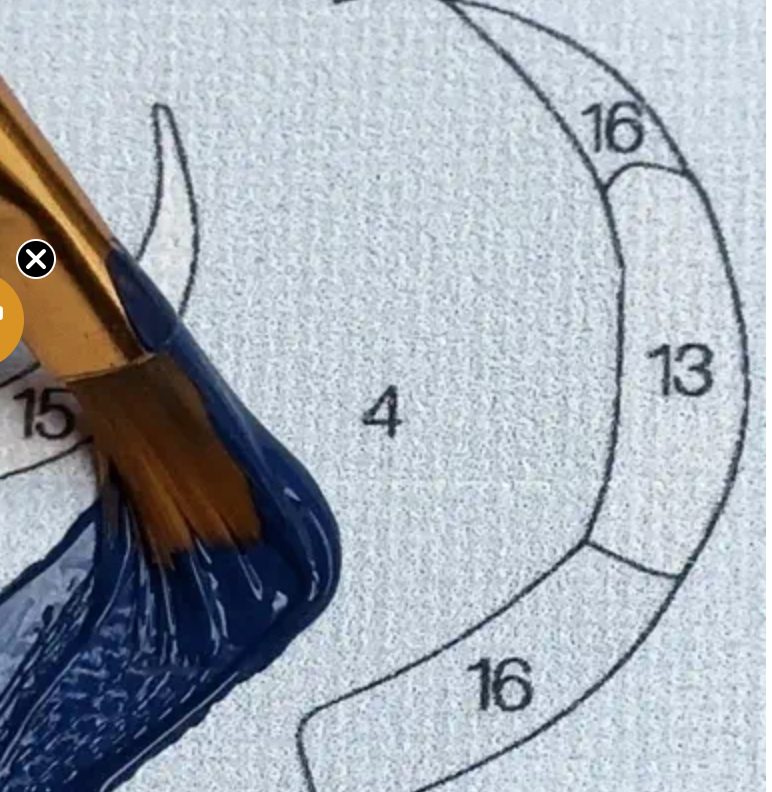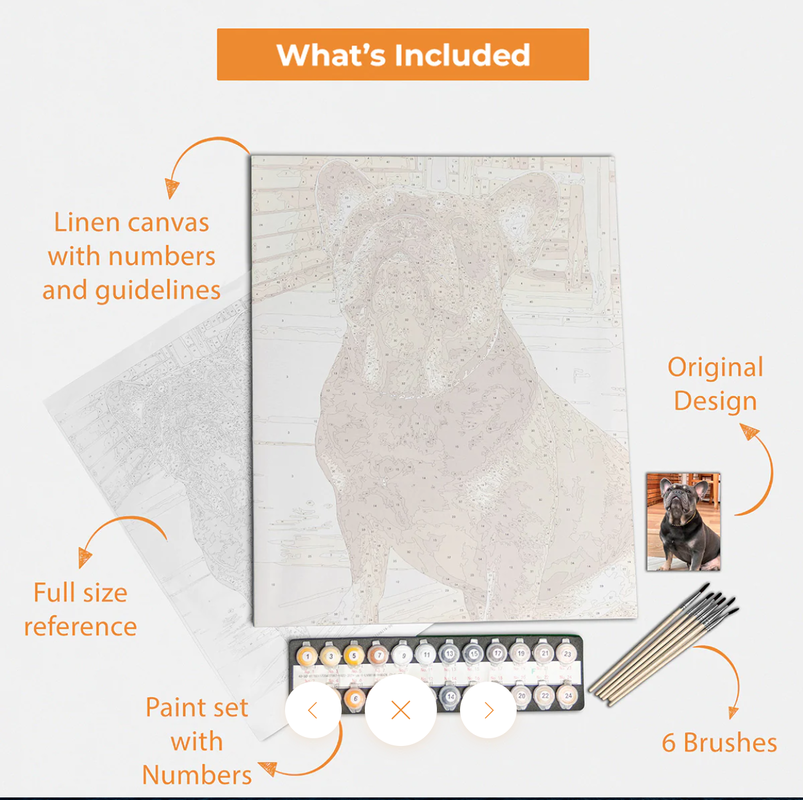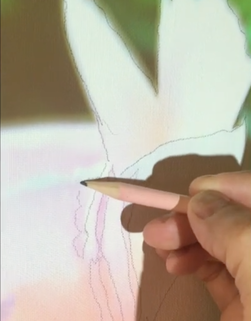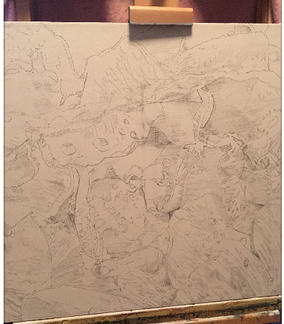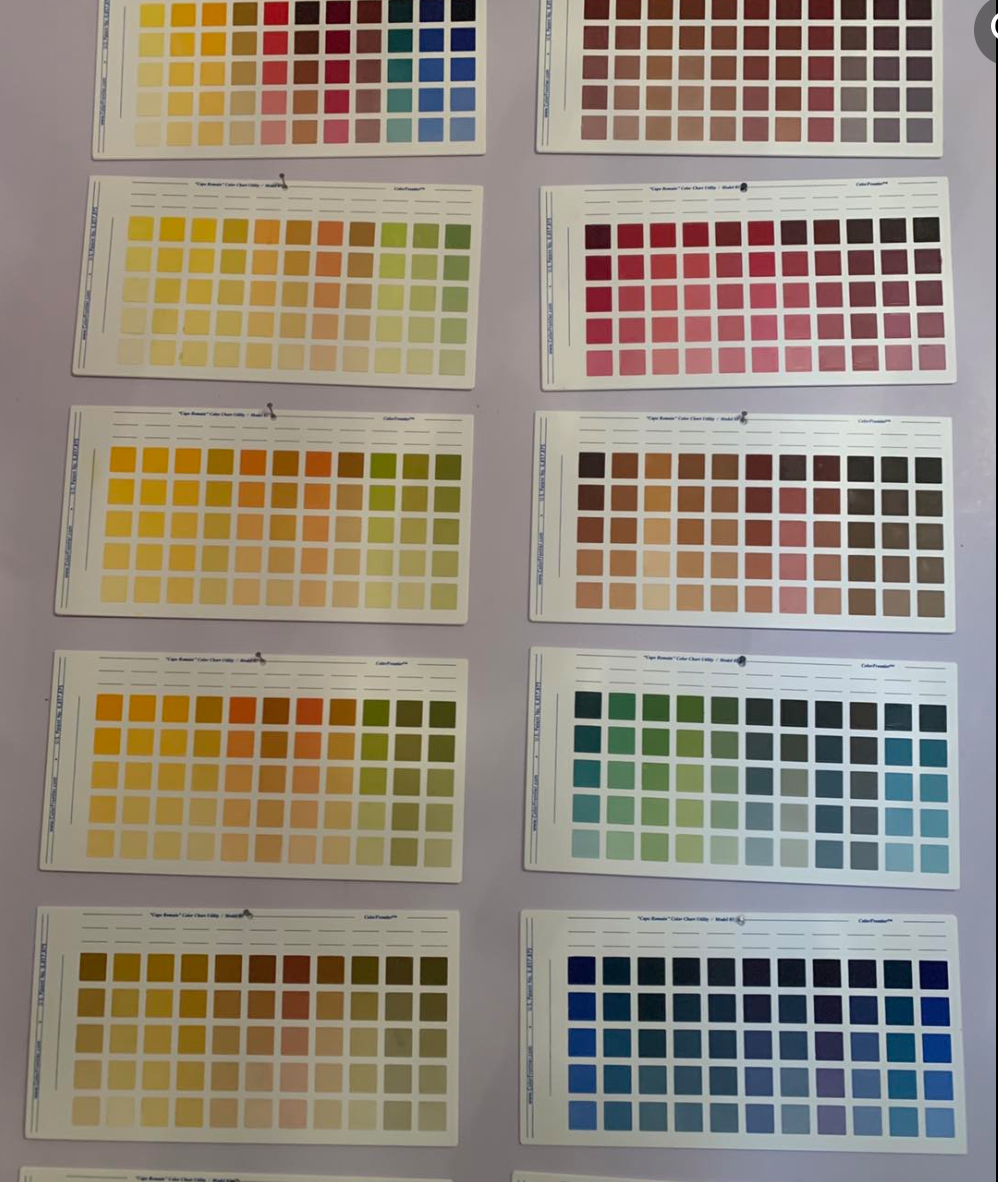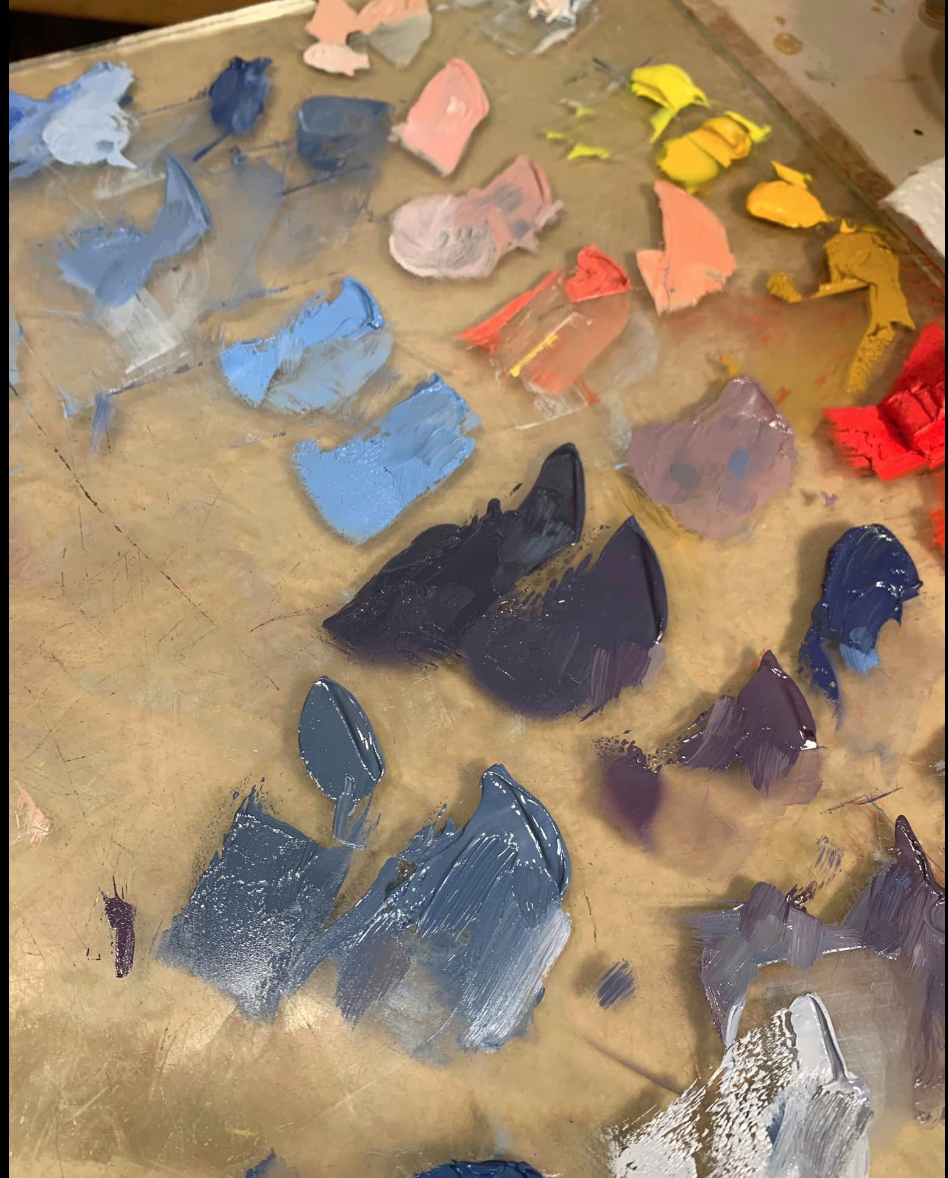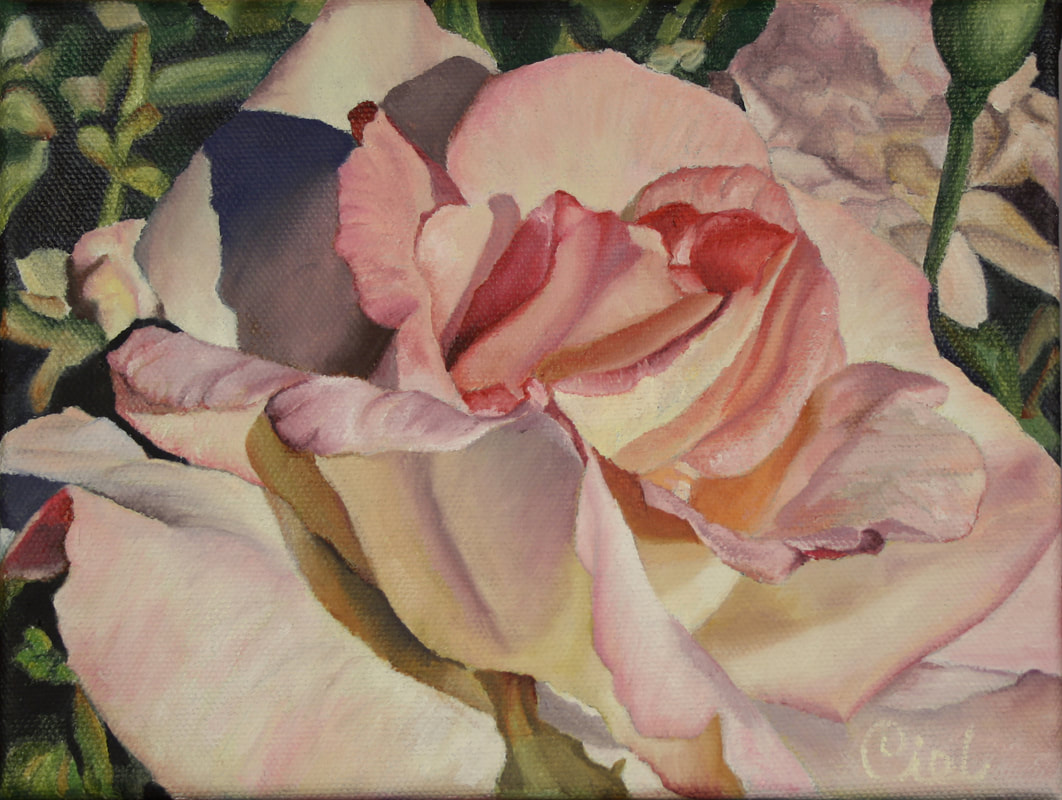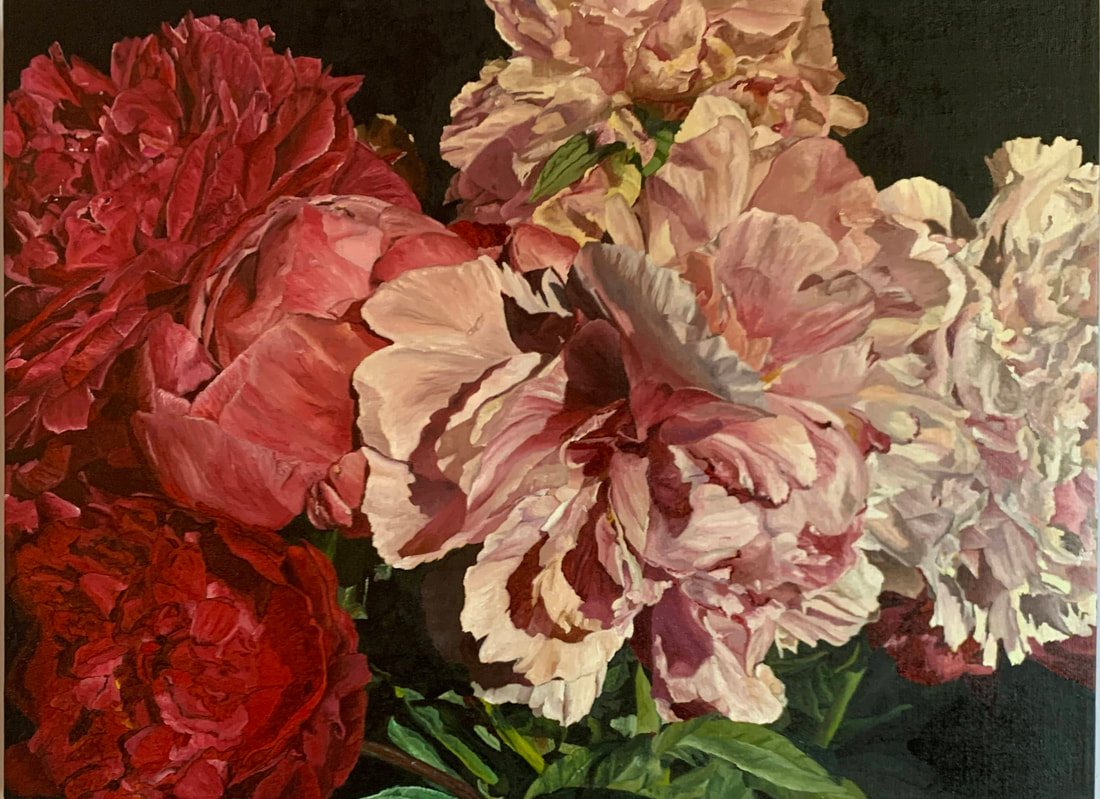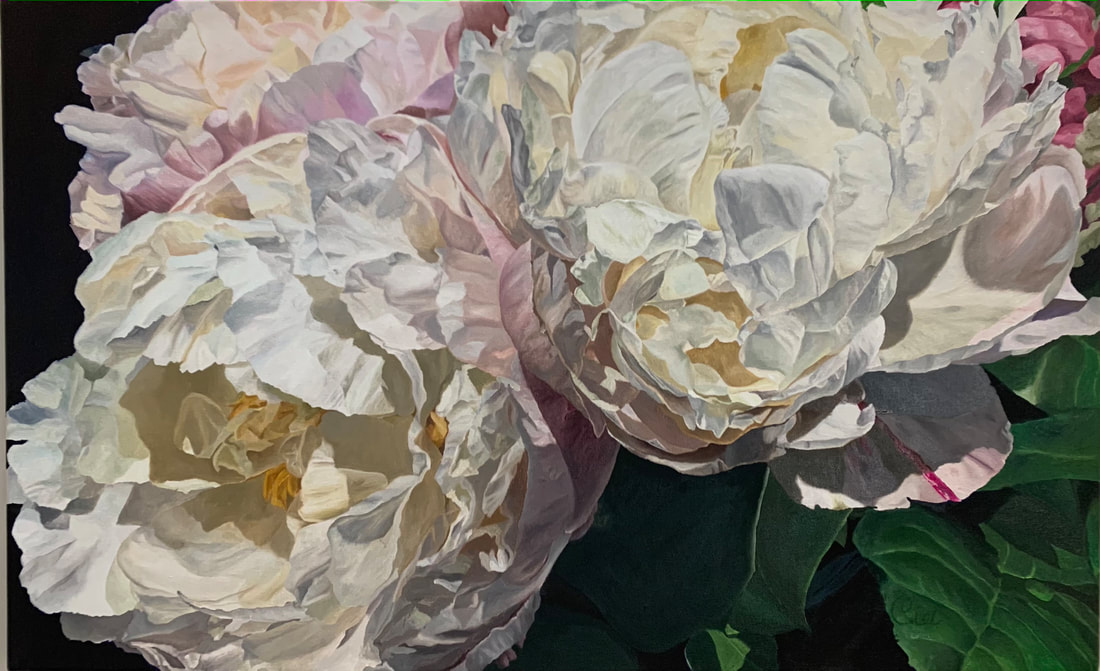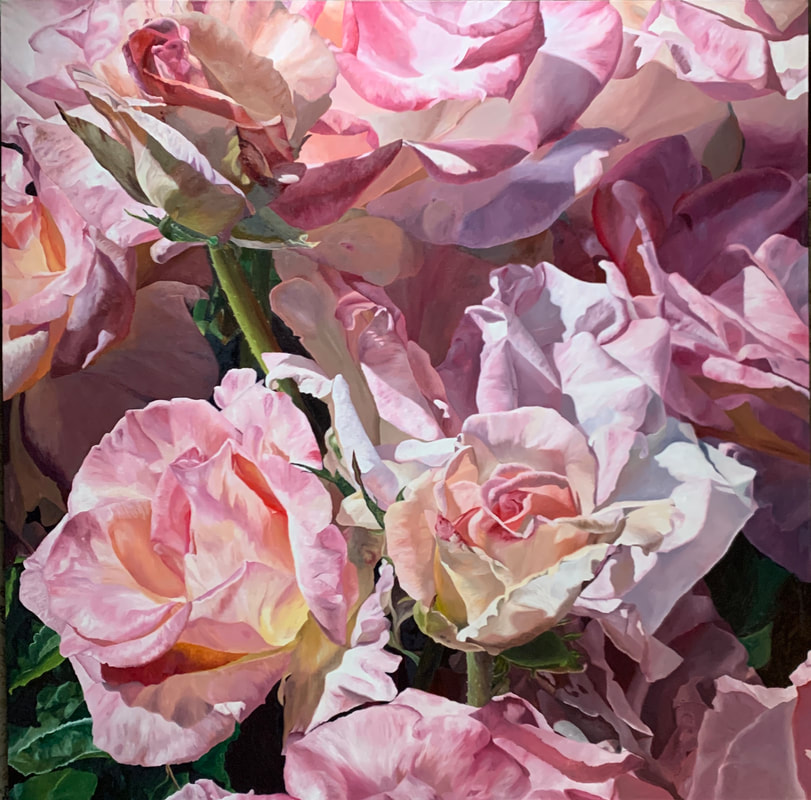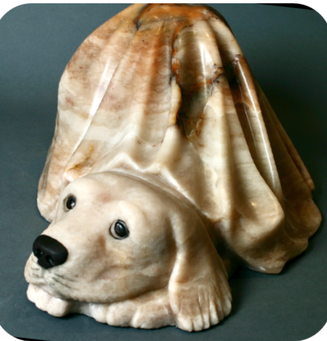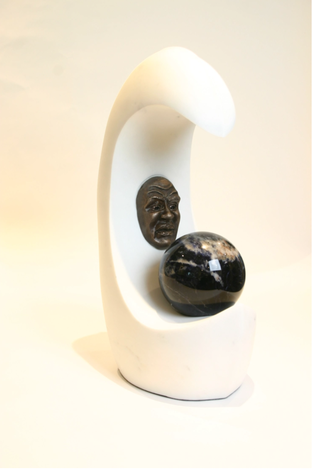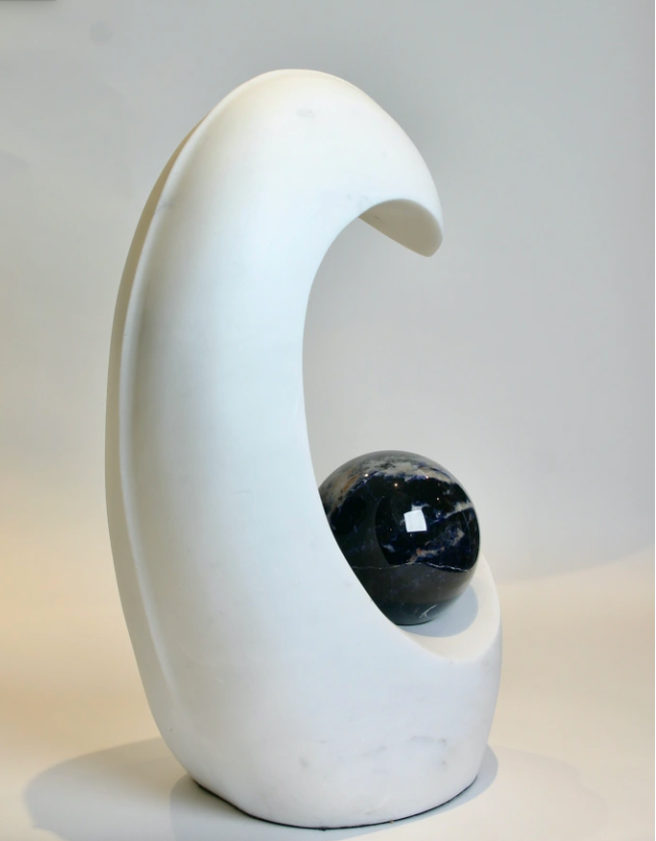Blog
|
You can tell by the glint in his eye that he has something to say. Let me introduce you to him. From an early age, Peter had a pencil in hand, creating his drawings while his father painted in his studio. The passion for creating art has clearly been passed on. Peters website is right here to take a closer look: https://www.pklemm.com/ In the late 70's, Peter got serious about painting on canvas and experimented with many different genres of painting. About this same time, Peter's father encouraged him to find a financially viable career, which led to studies in Architectural/structural/civil design. This route had Peter designing renderings for large projects such as dam design's for BC Hydro. Over the years, Peter never lost his passion for a pure art expression and never stopped experimenting with various media until he landed on oil paint as his preferred medium. Light and shadow are what draws him into the scene. What I notice when I look at Peter's landscapes or portraits is that there is a real sense of the moment, capturing the mood and essence of that particular moment. The initial inspiration is something he can recreate on the canvas. "I want to draw the viewer into the scene." Peter Klemm Deep Cove - a local favourite spot for many living in the Lower Mainland. This piece just sold. I'm not surprised. The light draws you right into this wonderful scene. Many comments from viewers were that they recognized this scene right away, they used to live there, they could feel the space just as they remember when they were there. Very cool that a painting captures the essence of a place. Peter goes on to tell me that this piece started out as a potential commission, but when the buyer changed his mind to a portrait instead, Peter picked up this gorgeous image to create as a stock piece because he was so taken by the scene. Peter is a studio artist, which means collecting source photos from nature and taking them back to the studio where he can spend the time developing the details that he really enjoys. As an architectural draftsman, rendering realistic images from sources such as topographical maps, utilized his skills to take a flat image and bring it to life in a three dimensional, realistic way. This skill certainly continues to be a used in his oil painting practice. From his time doing renderings he used air brush, gouache, and watercolour to create the realism. The blending of skills are invaluable to his technique in his oil paintings. How to blend the sky, or create the ripples of water as an example. Peter - In my current work I'm moving to get a bit looser, rather than all the fine details with a brush, using a palette knife to render things such as rocks. Peter - My palette has always been a very limited palette. You will consistently find Burnt umber, Raw Sienna, Prussian Blue, Ultramarine Blue, Cadmium red light, Cad yellow light, Naples Yellow, Indian Red, Titanium White, Magenta, no black. I make my own black by mixing other colours. In mixing my blacks I can alter the depth and feel of the blacks versus what comes directly from the tube of commercial oil paints. His first landscape painting, pictured below, from the early 1980's, titled "Mosquito lake", is the muse for creating his landscapes since then. The smell the pine needles. The feel of the sunshine while standing in the shadowed forest brings the sense to life. Peter said he will never sell this piece. It's too important. I think it's important to hold on to pieces, in a personal collection, when they inspire the paintings you are creating. What are your ideas about composition? I try to keep the horizons, not in the middle of the canvas, if it's possible. Actually, I try to keep everything out of the dead middle of the canvas. I want to take the viewer through the image. Enter at one point and move them through the scene, leaving the image at a different point. Where do you see your work, size wise? Most of your sizes are 18 x 24". Is that your preference? Peter - I did one larger piece, 30 x 40", and it sold within the week of hanging it in the Pacific Arts Market on Granville Street in Vancouver,BC. It's been a great venue to show and sell my work. (Unfortunately they will be moving this location to Vancouver Island.) Generally, it's about a months worth of work for each one of these gorgeous paintings. The larger ones take a bit longer due to their size. The Federation Gallery is also a great place for hanging and selling my work. (The Federation Gallery is located at 1271 Cartwright Street, on Granville Island. You can see the current show at www.artists.ca) Often pieces are sold from the preview email, which gets sent out ahead of the show being hung in the gallery. In the last few years, he has been accepted into almost every show that he has submitted to. Which really is a statement of the quality of the pieces he is submitting. Each show at the Federation is juried into the show by different jurors each time. Recently, I was asked to display my work in Time Square, New York City. My paintings are shown on a huge mega screen right in the middle of Time Square. The marquis is a full story high and about 40 feet wide. Here is the link to see the full video clip on Facebook. Click here. Where are you heading with your career from here? Is there a scene or something that you are really drawn to create? Peter - I seem to have themes that I explore for a series of paintings, such as the light bouncing off the ocean, or light streaming through the trees in a dark forest. Once I explore those enough, then I'm drawn to the next thing. "We cannot create our art for the viewer, it has got to be for us, first, and ultimately that will be good for the viewer." Rick Rubin Peter - You paint it because you love it, and you want to do it. If you sell it then it clearly resonates with the buyer. If a piece resonates with you first, it's meaningful, and will likely also be meaningful for the viewer/buyer. Peter - When I was done working with Hydro, in the very beginning, I would go to the disco and do portraits of the staff and patrons. Then I'd hang the pencil portraits in a small gallery in the building where I worked. They sold pretty well. Mastering portraits as Peter has done, really honed his skills of observation; the proportions, where the nose sits, where the chin sits etc. The spacing between the eyes and the nose is consistent in people's faces. There is variation between people, but the placement of the features is consistent. These rules are essential to creating realistic portraits of people Ciel - funny story. When I was in art college we had a male model who was blind. After the morning session in the studio, we all started to head out for lunch. The model grabbed his seeing eye dog and headed out to the cafeteria. He didn't put his robe on again. He was blind. It didn't matter to him who saw him naked. He sat in the cafeteria buck naked having his lunch. Bit shocking, but whatever. On one occasion, Peter was getting hung up on the details of his portrait drawings and really wanted to loosen up and get quicker. His girlfriend grabbed a kitchen timer, set it for 10 minutes, and told him that's all the time he had to create a portrait. It was a great practice to focus and get the marks down quickly. Even in quick studies there is a sense of precision in Peter's mark making. The loosening up helped, but in the oil paintings it really is part of Peter's style to be detailed and precise in what he is creating. To see more of Peter's work or to discuss a commission with him, go to his website. https://www.pklemm.com I hope you have enjoyed this introduction to another wonderful local artist. Leave a comment below. I'd love to hear your thoughts. Boy, where to begin.... Kindrie is one of my inspirations, for sure. We met when were both attending the Alberta College of Art and Design back in 1989. Now called the Alberta University of the Arts. I was taken by Kindrie's work immediately. Attending one of her first shows in Calgary, her large African Animal paintings took my breath away. The scale and the likeness brought such energy to the paintings.... I was amazed. Over the years Kindrie's style has evolved and expanded. Her early work had her painting a stone frieze behind a realistically rendered animal. In the early days, the inspiration for these backgrounds came from her sculptures. Kindrie is so multi-talented. Here is an example. Unfortunately, when she did come to fire this particular piece he broke apart. She admits "I haven't ceramic clay sculptures like these in quite a long time." My style has gotten a lot more impressionistic for my animal subjects, with a lot more paint, and a lot more colour. I think that is very natural. You get to a point where you've done the most you can in a specific style of painting or working, and it no longer inspires you. Shifting a creative style takes some courage. I shifted from the super fine detail, which was created with thinly applied layers of oil paint, to build up surface texture and create the illusion of fur, etc. I began to feel uninspired by that style. It was not doing it for me anymore. I sensed there was something else I needed to be doing, but I wasn't sure what it was. I embarked on almost a full year of just experimenting. This was about the same time I had my son, Kellen. I started to push the envelope, working with huge brushes, lots of paint, and brighter colors. There was a time when I moved the animals down in scale so that there was more space around them. The work became more narrative visual storytelling, as opposed to a big portrait or a close-cropped image of a subject. It was hard because you're trying to find what it is that you want to do. You can visualize it, getting glimpses as you're working, but each piece you do does not capture it. And you're driven to just keep going. A lot of the work that I did during that period, I hated or painted over. It was about experimenting and forcing myself out of my comfort zone, because I was so used to working in a certain way. You get to a point where you're not capable anymore of continuing in the old style, in the old patterns and you need to shift. It happens across all areas of our lives. It's pretty normal to go through those evolutionary expansions where you just can no longer go back. What served you one, no longer serves you now. It just gets in the way. Ciel: Tackling a new style can be very scary. I love that you have the awareness about that because I think that can be what they call writer's block or artist's block where people hit that wall. And they're not able to make that shift into a new genre, a new medium, a new style, or expanding their composition structures. I find that refreshing. I also feel like you've built this base of technique and understanding your materials well enough that you had the freedom to then start to play. That can be a challenge when you don't have enough confidence in your materials and you're confronted with a significant change that you don't quite understand. It can be a bit overwhelming. I love watching that evolution in your work and understanding that you're just building on these skills, expanding, and stretching yourself into a new palette, a new style, and a new brush size, that's very exciting. Kindrie: Yeah, very, very exciting. It's important to mention that at the same time that this was happening, I was also starting to teach, which made a huge difference. Ciel: Why do you think that teaching made a difference? Is it because of the challenge of showing people what you have inherently been doing all along? That it is so second nature it's hard to articulate what exactly you are doing. Kindrie: You've probably heard people say that teaching is like the last stage of mastery or one of the stages. To really fully and truly understand what it is that you know, you have to find a way to teach it to others. As a very right brain-dominant person, who doesn't analyze, I had no idea how I did what I did. I just did it. Embarking on teaching felt like a calling, I was drawn to it and knew I couldn't turn away from it. At that point, I wasn't necessarily interested in teaching because I was shy and very introverted, and frankly, I didn't want to deal with lots of people. But I felt a very clear call that said, you need to teach. You need to go and open a little school in your studio and just start teaching classes. All the things that had tied me down and attached me to a specific way of working fell away. I felt free to reintegrate everything that I knew differently. Teaching others gave me a way to distill down what I knew intuitively into a form I could reabsorb on a deeper level. It was a relearning, like I brought it all forward from my subconscious into my conscious awareness to be able to express it and share it. Sculpture showed up about this same time. A little while before I began to teach, I started to sculpt. I had reached a level in studio practice where I did not need the same amount of time, effort, and concentration to produce the work because of a level of proficiency. This was back when I was working on the horse painting series – the detailed pieces. I felt as if space had opened up within my studio practice that was available for me to start sculpting, which is something I had wanted to do for a long time. I had dabbled in sculpture and played with it on and off throughout my artistic career, but I was very set on the bronze casting. That was what I wanted to do – cast the work into bronze. Yet I had no idea where to start or how to do it. A the time, I was doing the Southeastern Wildlife Expo, in Charleston, South Carolina, which showcased a lot of bronze artists, and that allowed me to get to know them. Honestly, most of the sculptors were incredibly generous, with advice and telling me where they cast and how they cast. Being inspired by other artists can catapult a creative direction. Ciel: Who's one of those mentors? Do you want to drop names and make reference to who inspired you? Kindrie: There's a British artist, Mark Coreth. He probably would never remember me, but I met him on a couple of occasions at the Southeastern Expo. Then there was a father-son duo: William and David Turner. The son, was just so generous. He gave me so much advice that was really helpful. Each of the five years I attended, I would see the sculpture that people were creating, and it inspired me to try to do something of my own. I got in contact with a foundry in Canada, and ultimately this is where I learned the most about the casting process. The first foundry I worked with, I didn't care for at all. I didn't like what they did with the patinas. Then, when we moved here, to Penticton, I found Pyramid Bronze works in Kelowna. It was perfect because it was close enough that I could drive the sculptures there, make sure they arrived safely, and go up for the patinas. Pyramid is a family-run foundry. Bill & Sandy and Bill Jr., are the three that do it now. I think at the time that I started working with them, Bill had some employees. But since then, it's just the three of them. Sandy does the molds. Bill and Bill Jr. do the waxes, the chasing, and pouring of the bronze. Bill Sr. does the metalwork while Bill Jr. does all the patinas. 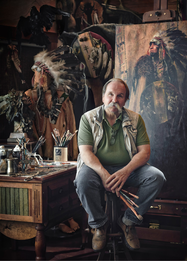 Do you know John Coleman's work? John Coleman. Here's his webpage. He is touted as Western Art's most prominent sculptor. Kindrie: This is the first I've seen his work. The size and scale are impressive – to be casting bronze in that size. It's wonderful. Yeah, that's a whole other level. I aspire to be able to do some bigger things like that. That's definitely on my bucket list as an artist. I've had some discussions with collectors who are interested in having bigger pieces created but haven't had anything land completely yet. Ciel: Tell me a little bit about your teaching. Where are you teaching? How many students do you teach? What does the structure look like? I taught a lot, almost full-time out of my studio back before we moved to the Martin Street Gallery location. I taught a little less there, but we did workshops, and we also did some trips to Europe, which were lovely, a lot of fun, but also thoroughly, exhausting. I don't know that I would want to do those again unless I had a team of people to help with the logistics. Then I could limit my exposure. Every day, all day long with students is a lot. That's where it exhausts me. I need time alone by myself to recover. I love teaching, and I love people. I just need that balance because of how introverted I am. With the closures around COVID, and changes in the studio space we had downtown, I moved my studio home. It felt so good to be out of the public environment and to create a private, nurturing space at home. I said no to any kind of teaching for about two years. I just was done. When I walked away from the gallery and studio space in town, I was certain I would never teach again. I was just so burnt out. But last winter, after taking time to rest, I was ready to get back to it. My studio is at home, and I'm always home, which I adore, but I was ready to get out into the world again. I started to do some limited classes, and currently, I do four-week sessions, about two hours long, once a week. I do maybe 4 sessions a year and some critiques. I teach painting and sculpture now, mostly mentoring, which I love. It is for people who have started painting or sculpting and want some one-on-one time and advice. I do a demo and a bit of a lesson, something that inspires me or is based on questions from students. And then everybody goes and works on their projects, while I mentor. Ciel: What's happening with your work? Where are you at as far as your sculpture and your fantasy series/books? Fantasy book collection Kindrie: I am currently writing book Four of The Stone Guardians and working on the 3rd Companion Sketchbook. In the studio, on the art side, I have several pieces on the easels at the moment. There's a painting of The Wilds from Book One that's just started. There is a piece from the embassy battle in Book Two. These are intended as artwork for the illustrated versions of the novels. Oh, and there's a really big sculpture that I bring along to display at conventions. She is an ongoing piece that I work on each time I have a show. She's one of those slow-burn pieces where I don't work on her very often. But when I do, it's very high voltage, for me at least. I've also got a Pegasus piece that's been on hold for a while. There's always a pile of works in progress that haven't been finished yet. But that's part and parcel of the artistic journey. You feel inspired for a period of time and you really dive in, and then it has to cure or, you've reached a point where you're not sure how to finish that particular piece. So, you leave it for a bit. That often happens with fantasy work because people aren't necessarily my first subject matter. I'm still learning a lot. If I had it all in a photograph, no problem. I could copy my source and paint it. But so much of this work is coming from my imagination and I have to create the armour, the styles, the weaponry, and all that goes into the world and characters. It takes time to gradually figure out those things. Sometimes bouncing around is the only way to move forward. Quite a long time ago, I began to understand that really truly share the vision clearly, I had to just follow the inspiration. Not forcing it, not sticking with a painting because I felt like I should. Certainly, some of that kind of stuff comes into play when you're working on commissions. But for the studio work that's starting and ending with me, ultimately, I have to honour that. Some of the pieces will sit for a year or more and all of a sudden, in a flash, I'll see it finished, I'll see what needs to happen for it to be done and then I'll go and work on it until it's finished. The bronzes are a bit different. In creating a bronze, there is a pre-casting offer, in which pieces will be mostly finished, like 80% to 90% but they won't necessarily get completed and put into casting until I get a first order. Which allows me to fund the creation of the mold and the expensive, up-front costs of casting. Often pieces will wait until the right collector discovers them. But that's great because you can have the model done and it can sit however long it needs to sit. It's not like it has a shelf life that will expire. The illustration work for the books is a bit like that too. Most of them haven't been created yet, but I can feel them all. They're all linked up there somewhere, and every once in a while, one will crowd forward. I'll see it clearly, and feel it is time to begin it. Often they'll flash by and be quite vague, but I'll have a starting point for a piece. This illustrated fantasy book series has mushroomed. In the writing of the first book, when it was ready, finally, to be released,(I think we've talked about this before), the artwork started to come through, which I hadn't expected. Ever since then, it has grown exponentially, more and more. Upcoming events. I'm hoping to go to the Calgary Fan Expo in April. It is one of the biggest Fan Expo shows, second to Florida, and similar to the Comic Cons. June is the Kelowna Comic Con again. They're both two-and-a-half, three-day events. My husband, Michael, and son, Kellen, have been coming to these shows, which has been lovely. For the Kelowna Yule event in November, we created some beautiful book boxes. It was quite fun figuring out how and what to include, what would make the most sense, and assembling them. The book boxes were delightful. They were quite popular. We created a basic one, and a more upscale version. The basic one just has a volume of Book One with a postcard, a sticker, and a nice bookmark. Very simple, but we did a beautiful job. https://www.kindriegrove.com/fantasybookillustrations Also included is a card that explains the box contents with a beautiful wax seal. The upscale Book Box is presented in a glossy black box, and includes Book One and its Companion Sketchbook, along with more swag, and lots more goodies – all nestled in gold tissue paper with the contents card. I find that kind of attention to detail and considered presentation for my work very inspiring and fulfilling. Moving forward with those shows, there'll be the artwork, the books, and the cast bronze sculptures to showcase. The large sculptures and paintings are for the wow factor, to draw people in to learn out about the books, then there are prints and postcards available as well. Ciel: When did you even discover that you were an artist? Kindrie: I remember, as a five-year-old, drawing horses and pastures and barns, because we were in rural Alberta and had Morgan horses. They were just kids' drawings, but I recall being completely absorbed in that. In junior high, I attempted a drawing that was a copy of a Robert Bateman painting. You know how, when he released a print, they would do up these promotional sheets for the various pieces that were available. I remember it was a bald eagle. I brought that home, and I decided I was going to draw it. While I was drawing.... have you ever had an experience where you feel like you're remembering something? I was awestruck at what was emerging on the page while I endeavoured to copy it. I don't even know what happened to that first drawing. It probably was lost a long, time ago. But it lit that fire. Because I suddenly understood what I wanted to do. I was a bit of an odd duck. I was super tall, and skinny like a pole. I was a tomboy. I loved horses and being outside, and I just hated school. And I also hated all the stuff that other girls my age did or wanted or liked. I had zero interest in any of that. This was the first time I realized I was good at art. That I could do it and enjoy it for the rest of my life. From that point on you couldn't get my sketchbook away from me. I got in so much trouble in grade six and then in junior high because all I wanted to do was draw. I would disappear into the art room, in high school, and spend all my lunchtime there because the teachers would let me be in there on my own. Ciel: I can't help but wonder if your childhood in rural Alberta and now in your country home provides the space and time to support this artist's exploration. It's like I have this beautiful space that I get to explore, that isn't crowded with people and noise and activity. And there's this beautiful, spiritual, wide open space of quiet. You can hear those drawings coming from behind rushing forward to be complete on the page. I think the crafting of your environment has done a lot to support your creative habits. If you had been stuck in downtown New York or downtown San Francisco or downtown wherever, where there's so much energy and things going on, probably your artwork would not have evolved in the same way. It would have been a different expression. I'm really glad you were an 'odd duck' and snuck away to the art room. You'd have to carve out space for yourself. Not just time, which is often difficult. But a tranquil space. You'd have to carve that out literally. And you'd have to figure out some way of doing that so you're not being interrupted by sounds and noise. All that kind of stuff. Bombarded with distractions. I think it's a beautiful thing when you can understand what your particular human-ness needs. To thrive and create and be available for the muse to kind of show up and help me with this process. I think too often there's so much pressure. There was a woman the other day on Instagram. She said, to be completely honest, I don't get up before 8. And I don't start my art journey until around noon. I create whatever I want. Sometimes I paint until 3 in the morning. I love this sense of full permission to create the way you need to create. Being an artist doesn't always fit into a conventional time frame. If we try to pigeonhole it into, okay, from 10 till 12, I'm going to do... It just doesn't work like that. It's not a conventional time frame. To be creative and to be inspired and to explore. When artists are wise enough to listen to those things. And allow themselves the freedom to work within those inspirations, without those woulda, coulda, shoulda pressures, it's a beautiful thing. It's very liberating. Kindrie: Knowing when to stop and take a break is super important too. It can get addicting, to creating art, and if you run the creative energy down from overuse, then you are up for a problem. It's like an engine. You can't be running the engine constantly, without a breakdown. It wears out. And creative energy that flows through us is no different. I remember talking with a really good friend of mine, who was an energy healer. Heather is her name, and she equated creative expression and output with the same amount of physical energy that athletes expend. Except that, it's on an energetic level instead of a physical. Instead of your muscles and your joints having that physical output to deal with, it's everything else. It's your entire nervous system. Because it's all energy coming through you, flowing through you. You have to rest your engine. If you keep doing things that are energetically driven, you are going to burn out. Ciel: That makes total sense because I know when I come to the end of a project and who knows, maybe I've spent 75 hours, 100 hours, something like that on a project. There's this real lull when it's over that I just can't get going again. It's like I can't dive into the next project. I need the two or three days to go for a walk, to go to the coffee shop, just like you say, change it up because that energy output can't be consistent like that. It's too much. You can't sustain it. Kindrie: That's right. There are bursts of really focused, really like powerful energy, and then you have to replenish that. You have to think of it like an ebb and a flow. It comes in waves and you have massive output times, and then you have times of really just incubating, and allowing space for that new inspiration to come. Here are some other examples of Kindrie's work. I know this is a longer blog post than usual. I hope you have enjoyed this conversation with Kindrie. Be sure to check out her website. Here is the link again. https://www.kindriegrove.com/
Leave your comments below. For many years, I heard the act of painting outdoors is beneficial to a studio practice and I've really been on the fence about it. I was not convinced that lugging all my heavy portable equipment outside to paint would be 1) any fun, 2) have any affect on my painting skills. Last year, I decided to give it a whirl and went out in the neighbourhood with a small set of watercolour paints, some watercolour paper and a bottle of water. I started in February, which was, maybe, a little eager. It got cold, windy and rainy some days. I did get some lovely little sketches if not completed pieces onsite, I certainly finished them pretty easily back home with a warm cup of tea. Here is just one example of the small watercolours. As the spring progressed I got busy in the studio with my regular large oil paintings and lost the rhythm of painting out doors. Opus had Michael King (Click on his name to go to his website) come in and do a presentation of his plein air practice, his gear that he took and the surfaces that he painted on. It was really fascinating. He shared a resource for a small, lightweight pochade box, which is an palette/easel set up that you can easily transport on location for an outdoor painting session. Here is the link for it: Daybreak Easel Earlier this year I purchased the box that Michael recommended. I'm so pleased with it. It has a 9x12 palette area for mixing paint and two wings that fold out to hold your brushes, paper towel and palette knife. It also has a hook on the front for a small jar of linseed oil. There are two levers on the back that swing out and they slip over the legs of a tripod, holding the palette tray in place. On my adventure to the thrift store for a small jar, I though of checking on a tripod as well. Wow! they had a professional photographers tripod for $20.00 amazing. I was skipping out of the thrift that day. Down to the beach I go. By the time I got set up, I had about 30 minutes before I had to head back home. I basically blocked in the painting and got a feel for being outdoors. I find it so interesting how my brain works. This was my first time with oil paints outdoors and of course, the marks I was making were not like my studio pieces, and my brain was telling me "give up, you are not good at this, look at this rubbish". Yikes. I quickly told it to shhhhsh and kept going. On day two I had a better idea how to set everything up and got right down to business. I was at the beach for 2 hours. Come on, sunshine, seagulls, lapping waves and a t-shirt = awesome. One piece of equipment I added was a little viewfinder. This is a plastic tool that you can open to the same dimensions as your canvas and use it to orient yourself to the image you are trying to paint. Oh boy, did that give me a new perspective. I was trying to cram too much information into my little painting on day one. Once I realized that, I totally revamped the composition, simplifying what I was focusing on, so much better. P.S. The mark on my nose.... my rose bush bit me as I was pruning the canes ready for the spring growth. The dangers of working around roses.
Day three should see me finishing this gorgeous little painting. Stay tuned. I don't have a clear plan just yet for selling these little beauties, however, if you are interested in a small piece of art I will be listing them on my website, for now. I may have these as a small art project for my upcoming display at the Landmark Pop up Gallery in May. Here is the link to see the pieces I've listed so far. Small Art I hope you have enjoyed my little adventure with plein air painting. More to come. Have a great rest of your week. Let me give you a bit of back story. I've been following Devon Rodriguez for awhile now on Instagram. He is amazing. I love his energy, his kindness and genuine curiosity for his subjects. You can check him out here. Devon Rodriguez My drawing experiences have been a bit hit or miss. In my third year drawing class at The Alberta College of Art and Design, now the Alberta University of the Arts, I was waltzed out of class when the instructor looked at my drawing. He proclaimed "Sweetheart, this clearly isn't for you." Yikes. I've drawn since then in a utilitarian way, but not to create art. Frankly I didn't enjoy it. I found it frustrating and not very rewarding. I recently renewed my membership to the Oil Painters of America and in their show submission guidelines they clearly state that no outside tools can be used to transfer your image to the canvas. Using a projector, which I often do, is out. It's time to brush up on my drawing skills. I saw Devon's course advertised and thought, let's do it. I was ready to challenge my ideas that I had about drawing. However, when he sent the source photo that we would be drawing from.... I thought "no way, I can draw this guy." Last Sunday, I logged into the course and thought what's the worst that could happen, really. I could make a crappy drawing. I'm okay with that. What I noticed early on is that Devon's technique is not that much different from how I approach my paintings. It's about capturing the shapes and narrowing down to the details. I can do that, no problem. After a few hours of watching Devon, I went through all his video's before I started on my own drawing. The second time through I started to lay down some marks. Here I am, all ready to begin. Sketchbook in hand, new 2.0mm thick pencil lead in a fancy pencil holder, kneadable eraser, small round eraser, and a new sketchbook. The first marks, establishing the shapes. These marks may not be exactly correct, and that is okay. It's all about adjusting as the information comes together. Not bad, it's coming together. Not correct, yet, but getting closer. Oh boy!!! I did it. Maybe my drawing skills aren't that rusty after all. I'm so very pleased with this drawing. It's the best portrait I've done, ever.
I'm excited to explore this further and keep practicing. It surprises me sometimes how easy it is to change our minds about things. What once was a limitation, becomes an opportunity. I want to say a big thank you to @devonrodriguez for his masterful, kind guidance through this process. If you are curious about his drawing course for yourself here is the link to the course. Portrait drawing the easy way. Happy drawing everyone. Since ancient times the golden mean has been used as a reference point for designing buildings, sculpture, and two dimensional art. The value of the golden mean is just as relevant today as back then. Unlike conventional composition guidelines of using thirds to divide up your canvas, the golden mean relies on a .618 ratio. What does this actually mean? The way you place your focal point using the golden mean is different than the simple rule of thirds. Let me enlighten you on how to use the golden mean when you are designing your compositions, what difference it means for your viewer and how to lean into this tool to developing exciting/dynamic paintings. I will share some real world examples of paintings that I used the rule of thirds and those that I used the golden mean. It is truly fascinating. Watch the Youtube video to see the entire presentation. (Link at the bottom.) If you are new to my space let me share a few details about me. - Senior Signature Member with the Federation of Canadian Artists - Member with the Oil Painters of America and The South Surrey/White Rock Art society. I have a visual art degree from UBC and attended the Alberta College of Art and Design in Calgary. I’m also a Certified Professional Life Coach and a Certified Goldsmith. Education has been a bit part of my life for some time. 1 March 2019 I committed to my art full time. I soon realized that there was a lot a didn’t know. Despite having had a few years art education, it had been a long time since I’d been immersed in art and frankly, I wasn’t taught what I now needed to know. In fact I had very little support in developing my skills while at art school. I was even waltzed out of class by a third year art instructor with the comment “Sweetheart, this is clearly not for you.” Over these past few years, I’ve spent a considerable amount of time with my nose in books, 54 different art related books, so far, and hours on the internet/YouTube/and in mentors online classes. What is very clear aside from mastering the material is that the preplanning of a painting is super important. You can be very skilled with your materials but if you have designed a bad painting it doesn’t matter about those skills. (I’ll show you a failed painting in a bit, or rather a painting that could use some tweaking) That’s the trouble, as you progress and learn you look back on older pieces and see what you could correct. As artists we have some significant limitations, namely the two dimensional surface we have chosen to work on, and some really great opportunities. With the use of Notan- the relationship between dark and light objects in the image, colour, framing, leading lines, focal point, values, hues etc. we have a broad range of tools to draw from. To clarify, I’m not here to tell you that your methods, up to this point, are wrong, however, I’d love to share what I’m leaning into, my enthusiasm and if your are curious about it, perhaps you’d like to explore it for yourself. The Golden Ration or Golden Mean was first spoken about by Euclid and Pythagoras back in about 300 BCE. That’s a long time ago. You may have also heard of the fibonacci sequence. It was first spoken about in India between 200-300 BC and brought to the Western world around 1200 AD with the writing of Leonardo Pisano Bonacci, later known as Leonardo Fibonacci. The sequence is: 0,1,1,2,3,5,8,13,21 etc. In the 1500’s Leonardo Da Vinci used the sequence in his writing “De Dinvina Proportione.”The golden ratio in art creates a balanced relationship that the mind’s eye loves. More precisely, it is about obtaining a precise ratio between the different parts of a work, an image, or an object. The value of this number is 1.618. It is said to create harmonious works as it has been observed in nature. Let me show you some examples. I recently presented my findings to the Central Okanagan Chapter of the Federation of Canadian Artists. Here is the Youtube recording of that presentation.
You tube: Click here. Here are the resources that I speak about in the presentation. Golden Ration Downloadable overlays. http://parksphotos.com/goldenoverlays/ Photoshop Elements. One time purchase, no subscription. https://www.adobe.com/ca/products/photoshop-elements.html Ansel Adams and how his images and the golden ratio align. https://www.boredpanda.com/golden-ratio-photography-ansel-adams-elliot-mcgucken/ #:~:text=Ansel Adams is one of, human brain as inherently beautiful. The old masters and the golden ratio https://www.artandobject.com/slideshows/golden-ratio-revealed-7-masterpieces https://
The link above will take you to the Amazon.ca page for Julia's book. If you would like to order a copy for yourself.
(As an Amazon.ca Associate I earn from qualifying purchases.) The point of my journaling journey: It saved me from the trauma and distress that I have experienced and allowed me to create a new relationship with myself Why did I get started? It was 1993, February. I was entrenched in a 4 year Goldsmithing apprenticeship that I was finding very difficult. The work was challenging, yes, and the Master Goldsmith I was training under posed more challenges. I was at my wits end and not sure if I wanted to continue with the training. We had been fighting. The long hours and lack of appreciation for my dedication to his business was wearing thin. I wanted a break during my work day to go for a walk, or out to lunch etc. however, we were the only two at the store at the time. He was angry because he felt it was unsafe for him to be in the store on his own, just in case something happened. Jewellery stores are targets for thieves. I get it. And, the intensity of the environment was getting to me. I sat down in the front lounge within the store to get out of the workshop space. I started rifling through the Western Living Magazines and found an article on journaling. It sounded interesting. In that article Julia Cameron's book was recommended. I jumped right up and told him I had to run to the stationary store, so he would have to lock the door behind me. I'd be right back. One thing I'm really good at is taking action when I'm inspired. You may not know that about me, yet. At Reid's Stationers in Calgary I found Julia's book and bought my first journal. Nothing special, just a simple blank book. I couldn't wait to get home to start reading and journaling. I have not looked back since. I have been journaling for 31 years. My journals have documented all the highs and lows of my life. My divorce, the birth of my son, my single parenting days and meeting my best friend and now husband Rob. It has been an amazing place for me to go when I felt all alone and overwhelmed with the decisions I was making. How do you do it? Julia is an advocate of morning pages, three pages written without lifting your hand. It's quick, easy and gets the idea that writing is hard, or has to be perfect, completely out of the way. It doesn't matter what you write. You don't even need to write in complete sentences, no punctuation or spelling to worry about. Simply filling those three pages first thing in the morning with anything that comes to mind. I highly recommend Julia's book if you are new to journalling or even if you've been journaling for a bit now. There were days that my emotions ran so deep and wide that I spent hours pouring through my ideas, lamenting the things said to me, the hurtful connections etc. It was the only safe space to really vent all the angst that I had built up. Slowly I was able to come back to living my life without all those things occupying me. Journaling saved me, I'm sure of that. I developed a relationship with myself that is so authentic. I cherish getting to know myself this way. As a result of my love of journaling, I have many journals that I've purchased over the years, even creating my own journals in my company Thirsty Journals. Almost 3000 journals in total, all hand made, and sent all over the world. Hong Kong, Amsterdam, Rio de Janeiro, all over the US and Canada. Here are some images of the open spine version of the journals I used to make. I am no longer hand constructing journals, however, I have a line of journals that I'm developing with my art featured on the cover. So exciting. Here is the a sample of the first one. This painting is titled "You are Invited in." How appropriate. You are invited in to imagine all your hopes and dreams, your trauma, your distress. It's a really pretty place to further your relationship with yourself. These journals are available on my website. I'll leave the link below for you to take a closer look. They are $22.95 CDN plus taxes and shipping. First up, Rosemary and Co brushes. I was introduced to these brushes early in my fine art career and I wrongly had the idea that they were elite and out of my reach, simply because they were handmade brushes from the UK. I was so wrong. These brushes are reasonably priced, arrive quickly and the shipping is inconsequential, in my mind. Honestly, they have been a game changer to my art career. They are literally the only brushes that I use. These brushes last and last. They keep their shape and clean up really nicely. I'm a bit hard on brushes so they do start to flare after some time, nothing a little trim can't sort out. Love, love, love Rosemary and Co Brushes. If you would like to purchase Rosemary and Co Brushes I am an affiliate. It you use this code: CEART2024 and I will receive a little bonus from Rosemary. Here is their website. https://www.rosemaryandco.com/ Secondly, good paint. I have two brands that I'm using at the moment. I have chosen the artist grade version with both these brands and have been really pleased with the quality. There is a student grade paint available, which is slightly less expensive. I would rather purchase the professional grade feeling like the pigmentation is a bit more robust than the student grade versions. 3rd cleaning/thinning ingredients. Linseed is the carrier oil that the manufacturers use to suspend the paint pigments in. I use linseed oil to thin my paint, if needed, to clean my brushes and palette. If I have brushes that have gotten a bit stiff from incomplete cleaning then I soak them in Murphy's oil soap overnight. Then with a thorough wash and an extra clean with Ivory soap the brushes get a light steam over the kettle to restore the shape and away we go. One thing I'm very clear about.... I want to safeguard my health by not introducing anything harmful such as solvents, turpentine etc. Traditionally these substances have been used causing serious health issues. Without the harmful solvents there is still toxic elements in the paint itself. Zinc white, cobalt, and cadmium paints are the major culprits. I'm committed to not eating my paint, therefore reducing my risk. I'm being funny here. One thing many artists may not consider is putting their brush in their mouth while they contemplate their next move. A mentor of mine had two of her instructors die prematurely from exposing themselves to paint materials by putting their brushes in their mouth. So sad. If you visit my studio, your first reaction might be "Wow!, she must have tidied up before I arrived." Not so. I am a very tidy painter. If I get a dot of paint on me once a month, I'd be surprised. I'm very tidy. The only mishap has been when I knocked over my linseed container. Now that was a mess. I don't like mess. I don't like getting my hands dirty, well other than gardening. Juicy oranges that drip all over the place are not for me. Surfaces. 1) My first choice is stretched canvas over a wood frame. I really like the feel of the surface and with my little woodshop I can produce unique sizes and stretch my own canvas. 2) Cradled board. I have dabbled using this surface and have a big painting coming up using a cradled panel. I'm less familiar with this surface and looking forward to exploring how it feels under my brush. 3) Canvas covered board. I used these often in school because they were inexpensive and had the same surface feel as the stretched canvas. I rarely use these now, other than for small studies or practice pieces. 4) Raymar is one company that produces gorgeous boards with various thicknesses and surface treatments. I have only begun to explore raymar boards. I'll tell you how it goes once I get a better feel for them. Some people love them, particularly if you go outdoors to paint. They are much easier to transport than a full sized canvas. Palette I use a glass palette with a neutral piece of paper underneath. The paper helps to see the colours on the palette accurately. The wood table that my palette sits on would create a brown colour that would influence how I see the colours I'm mixing. I use an angled palette knife to gather and mix the pigments that I'm using. I love colour mixing. It is so fun to fiddle with the subtle differences in colour to create amazing effects on the canvas. I think that's about it for items I use in my studio. I hope you have enjoyed this window into my tools. It's lovely to have such a simple kit and one that is so versatile. This is my latest creation using the tools I've just introduced to you. What fun to create such beautiful paintings. This one is titled "Poppa's Peonies" 30 x 33" Oil on canvas and has been sold.
Let me know if you have any questions. You can message me at this link studio@cielellis.com Mary Bentz Gilkerson, a wonderful mentor and friend, first introduced me to Casey's work within her Art Work Living Group. Mary has since passed, which is a great loss to everyone who knew her. However, her spirit and work continue with fine artists like Casey. Primarily an plein aire oil painter, she jokingly said she dabbles in watercolour, then caught herself by saying "I teach this stuff" so maybe more than dabble. Casey teaches with local art leagues, demo's for art and veterans groups, private and multiple student lessons and within Yosemite National Park for the Yosemite Nature Conservancy Group. In Yosemite Casey is teaching largely watercolour classes and community access programs, which are free of charge, usually one day workshops. Happy Isles is the location within the Nature conservancy which is a lovely place to visit, even if you are not painting. Participants can either bring their own materials or purchase materials on site. They paint predominantly in watercolour. The way that she teaches is a watercolour with a line drawing overlay. Abstract watercolour with a more illustrative line drawing over top of it. "I can't even draw a stick figure." That's not an uncommon thing for 'baby' painters to say and in fact those folks don't often come to class unless they are coerced by a loved one. Casey encourages them to just go out and have some fun, experience nature. This year in Yosemite Casey is offering a three day workshop focused on a plein air retreat in partnership with the Yosemite conservancy. This is geared towards those who have some experience with plein air techniques and might be a bit of big bite for someone who hasn't painted plein air before. For more information you can click here to see the details. What do you see from the student who comes to learn from you that is valuable? I started this exploration because I wanted to learn to paint. It really is a rabbit hole. The more you get going the more you realize there is so much to explore. I show and compete as well as produce private and corporate commission. I am still learning. I was just awarded a scholarship from Scottsdale Fine Art School. American Plein Air Painters has brought in four amazing teachers to work with and a trip to Vermillion cliffs after the workshop. "I'm a big believer in lifelong learning. It keeps you sharp, staves off boredom. I love the minutiae of figuring out the details in things. With painting the discovering is endless." What pushed her into teaching is that in her pursuit of creating paintings that are more archival, she put on her university hat and started looking things up. She was reading, investigating with the desire to make something that will last. Through her education people started to ask her questions so she created a specific page on her website for gear and best practices. People began to see Casey as maybe not an expert, but more of an expert than they are. "I feel like, in my teaching, I am a door opener for her students. Sharing the knowledge that I have gained along the way. When they begin to perceive what is in front of them, because oil painting is a bit more complex a process, they either 1) run away, or 2) they get really dialed in. "How do you do that?" Let's spend the next 20 years of our life figuring that out." Then it's like finding your tribe, in a room full of people, who suddenly have discovered that there is a world of colour and light and a world of exploration ahead of you. You never stop discovering. I don't think there is ever a painter who has said, that's it, I've learned all I have to learn. What are you personally fascinated with? Oh gosh, for me, it's the sense of mastery that gives me great satisfaction. When I have a painting and I say "damn, I did that." With baby beginner artists Casey encourages them to learn two things. 1) to draw, if they want to work in realism at all. 2) be relaxed about what they are doing. It doesn't need to be terribly complicated. A lot of what Casey does is outdoors, on the fly, and you don't have the leisure of time often. Versus in the studio when you have all kinds of time. Paintings have stages. They start out with inspiration and the initial marks, and they gradually move into the 'messy middle' where things grind to a halt and feel a bit more complicated. When we push past that point there is such valuable learning. Plein air is done onsite, ala prima, in one sitting, or revisited a few days later versus taken back to the studio and completed. These pieces are relatively small 4x4 up to about 8x10. There is a thing now where people are doing large plein air pieces. That's not where Casey is at. Casey works with Raymar boards, Source Tech, or creates her own. She does not use stretched canvas much unless it's a bigger piece. A recent commission was created on a 30 x 60" Aluminum composite material from Raymar. It is a legacy piece because the substrate is so stable. "As long as I can see and hold a brush, I can't imagine myself not doing this. You feel compelled to continue creating. It's our purpose to answer this creative calling. It is a responsibility." "Again there is another reason that I work hard... I have a number of students say "you are the hardest working artist that I know." Why are doing so many things? Because I can. This is the hurrah for me, I hate to say the last hurrah, but this is a hurrah. I'm in my 60's and I want to put as much into this as I can." If you are just in the studio that can be a bit confining. Having community and other interests is important to keep the creativity fresh. You have to keep refilling the well, it doesn't just come through the ether. I think it snowballs, you get a bit known in certain areas, developing your voice as an artist, and you have to stay open to new experiences and continue to explore. The art that you/I create would not exist if we didn't create it. That's what Mary Bentz Gilkerson would always say, "be the best YOU that you can be" Honestly it's not always, go, go, go. However there is a certain amount of energy that is needed to keep the creativity going. Some days it's cleaning the studio because those spaces need attention to. Sometimes the creative act is cleaning the studio. Some really well known artists studios are a bit terrifying by how disorganized they are. "There are about 5 different mediums/interests that I have with all the gear that accompany each, all within my little studio space. I also have a brush addiction. "I love Rosemary brushes." I tell my students to buy Rosemary brushes because they are good quality, they are going to last forever, if they are taken care of. I can be hard on them and I do like having a nice new clean brush to work with. " Real art versus Ai Ai is on a screen, always digital. When you stand in front of a painting that moves you, it's a soul to soul connection. You don't get that from Ai. You simply cannot get that same connection from something created by a computer. Mark Maggiori takes his subject out on location and interacts with the real person, in the real landscape. Those connections translate into the images that are created. "That's why I'm so drawn to plein air because there is something visceral that happens when you are experiencing the thing in real life. We recently went to Spider woman rock and it was so incredibly windy that my glasses are sandblasted literally from the sand blowing around. " When I came home I had some paintings that weren't that great, but when I looked closer I found that there was actually sand stuck to the painting. What I did get was the experience of being in Canyon de Chelly, looking down at Spider Woman Rock, the smell and definately the feel. All that went into the paintings that I did. One sold immediately. The collector who bought it worked for the Indian Services in the area and he remembers looking over the edge at Spider Woman Rock. It was the same day they found out they were expecting their first child. The collector said he wanted to buy the painting to give to his daughter who just bought her first house. Very cool. There are times when I have a collection of works that I'm not happy with it, and I will, once a year or so, have a burn. Literally burn the pieces I'm not happy with. I know some people are offended by that. Rather than sell seconds, or something that I'm not happy with, I would rather get rid of them. Painting is definitely a rabbit hole. There are so many direction you can go, if you want to explore. You can stick to one medium or master several different mediums. How will you know if you reach Mastery? Yo Yo Ma, if I remember correctly, one of the premier cellist in the world, still practices several hours each day. An interviewer asked him why are still practice as much as you are and his response "I'm seeing some improvement" How do you know when you get to mastery, "I don't think it's over till it's over. I don't think you ever really know." Why do you paint? To facilitate a connection with the wild places in our world and the creatures that call it home. Here is Casey's website if you'd like to take a closer look https://www.caseycheuvront.com/ A couple of times now, I have had people comment on social media that my work is just like paint by number. While at the outset, this may be the only point of reference from people's art appreciation, and I would like to highlight the differences. My work is far from a paint by number. What is a paint by number? As you can see this lovely kit gives you everything you need to complete the painting that you purchased. You simply grab the numbered paint pot and paint the colour in the spot with that number. And voila you have a painting. Oh and if you want more detail you can order the kit with an expanded colour palette. In addition, these paint by number kits, I'm guessing, have been sold 100 times, 1000 times, with varying degrees of completion. $35 Cdn plus shipping and handling and you have the tools to create a painting. You actually have the materials to follow along someone else's ideas about composition, colour, paint choice and brush selection. How is my work different? It's not possible to look at my work, without looking at me as well.
My process is mindful and immersive. From the source photos, many are not useable for finished art because perhaps the lighting is not that great. Lighting is a big deal. Or there is too much extraneous information that doesn't add to the proposed art piece. I often take several photos of the same bloom from many different angles. I assess each photo for their qualities and start to do detailed compositional studies to see how the foliage, lighting, shape of the bloom etc. can enhance the image with the hopes of drawing the viewer in. I don't manipulate the image beyond cropping to satisfy my desire. I don't see it necessary to add a bloom where there wasn't one. I may choose not to paint the rust coloured dead leaf though. Once the detailed compositional studies are done, I can decide on the canvas size that would be appropriate for the dimensions of the cropped image. It's important to keep the width and height in the same ratio as the source photo. This may result in me building or ordering a custom canvas. Once the canvas has been decided on, I use safe practices, for archival purposes, to prepare the canvas to receive paint. Oil paint is slightly acidic which will lead to a deterioration of the cotton canvas over time if the surface is not prepared correctly. Once the canvas is sealed I transfer the image to the canvas. This is where someone seeing my work may see paint by number. From this basic line drawing, I start meticulously mixing colours from my palette of 11 different oil paints and begin placing them where they need to go on the painting. This is not a once and done process. The paint I mix on my palette is a guess at what colour I need for the particular shape. Once the paint is on the canvas I can re-assess how it's working. I have an easy approach to painting. If the image is not coming together as you'd hoped it's either the colour you've used or where you have placed it. If the painting isn't working quite like I imaged I can change the colour or change where I place that colour. I'm going for realism. I want you to feel/smell the flower that I'm painting. This is what my colour work looks like. The colours on the boards on the left image are my detailed colour mixing study that I now use for reference. All these charts are created from the same 11 tubes of commercially available oil paint. The palette on the right is my mixing process. Adjusting the colours one way or another to achieve the exact effect on the canvas that I'm aiming for. It's a slow, meticulous process. The painting process, depending on the size of the canvas, takes anywhere from 10 to 100+ hours to complete. Oil paint takes time to cure. As a result I am not always able to adjust/overpaint areas that are still wet.
Once the piece is complete it cures for a considerable length of time before I varnish it and then it's ready to sell/ship to a customer. It's my hope that this short blog about my process will help you see and appreciate all that goes into my original artwork. Here are a few of the pieces that I have completed. I'm proud of myself. My dedication to my craft and the incredibly beautiful paintings that I'm able to create. They amaze me, truly. They are far from a paint by number kit. When Bruce and Silvia arrived to the coffee gathering, they wheeled up on their tandem bicycle. Bruce is a cycling advocate and environmentally conscious guy. Silvia is a delight, sharing this wonderful ride with Bruce. Right away upon meeting Bruce his sensitive to the environment became apparent. When I recently visited his studio I was able to see this gorgeous piece in person. It's a prime example of how he applies his values to his work. Humanity, functions as a superorganism within the limits of our planetary environment and there is reason to be concerned about consumption of the resources available. The contours, edges and texture of cararra are timelessly organic and invite touch and connection. Cararra Marble, Sodalite, Bronze. 18″ h x 17″ d x 11″ w. When I asked Bruce "Why stone, why not wood or some other material?" He told me how attracted he is to the permanence of the stone. There is something precious and timeless when you create in stone. Each type of stone brings different qualities and colour to the designing process. In his work he also combines wonderful textures, cast bronze, and multiple materials. You have probably heard the description of how Michelangelo sculpted by removing all the unnecessary marble in order to reveal the piece within. This has the feel of 'wingin it' from the start. Bruce prefers to have plan when he creates. Again I think this comes down to honouring the stone, valuing the resource and wanted to make the best use of it. As our conversation continued, he told me about a commission appointment with a client. Their desire was for an inukshuk. He suggested that he pop by her place to have a look where the sculpture would site and get a feel for her home. When he arrived he was greeted by two rambunctious hound dogs. Clearly loves of her life. Bruce gently suggested that perhaps rather than an inukshuk a sculpture of her two dogs for the front yard would be more fitting. Her eyes lit up with excitement. I love this interaction between client and artist. From this stage Bruce created a maquette of what he had in mind. A maquette is a small sculpture created in a clay like material called Monster Clay. From this maquette the client is then able to see the three dimensional idea of what Bruce has in mind. Once an artist becomes proficient, which Bruce clearly is, commissions become a wonderful opportunity to explore ideas and create something specifically catering to a clients needs. After speaking to Bruce for even a short period of time it becomes clear that there are some real limitations for sculptors simply because the weight, dimensions and expense to display the pieces within conventional shows. From the plinth to support the piece, the floor space it takes up, and the weight to ship and install - there certainly are challenges. However, Bruce is so keen to support the development of sculpture opportunities. He is the first juried Signature Member of the Federation of Canadian Artists. Which is the largest non-profit arts organization in Canada and has been around for 85+ years. Founded by the group of seven, namely Lawren Harris on the West Coast and supported by Emily Carr. It was important for Bruce to be juried into the Federation as peer review is a wonderful testing ground for artists talent. As the Federation re-opens their shows to sculpture after a 50 year hiatus, Bruce is directly involved assist the transition wherever needed. It also struck me that Bruce has a collaborative mindset. I think too often artists can feel secretive about their work feeling like competition is something is a threat. Bruce has a different opinion. By collaborating together we can accomplish so much more than we can alone. I completely agree. Belonging to many arts organizations gives him the perfect opportunity to support and grow awareness around sculpture.
I hope you have enjoyed this introduction to a local South Surrey/White Rock artist creating incredible sculptures in stone, wood and multiple materials. You can see more of his work by clicking on the link below. |
Loading... Archives
April 2024
|
|
Join my VIP email list. First access to new work. Relevant content only, spam free. |
